Kodama Kanazawa
Independent curator

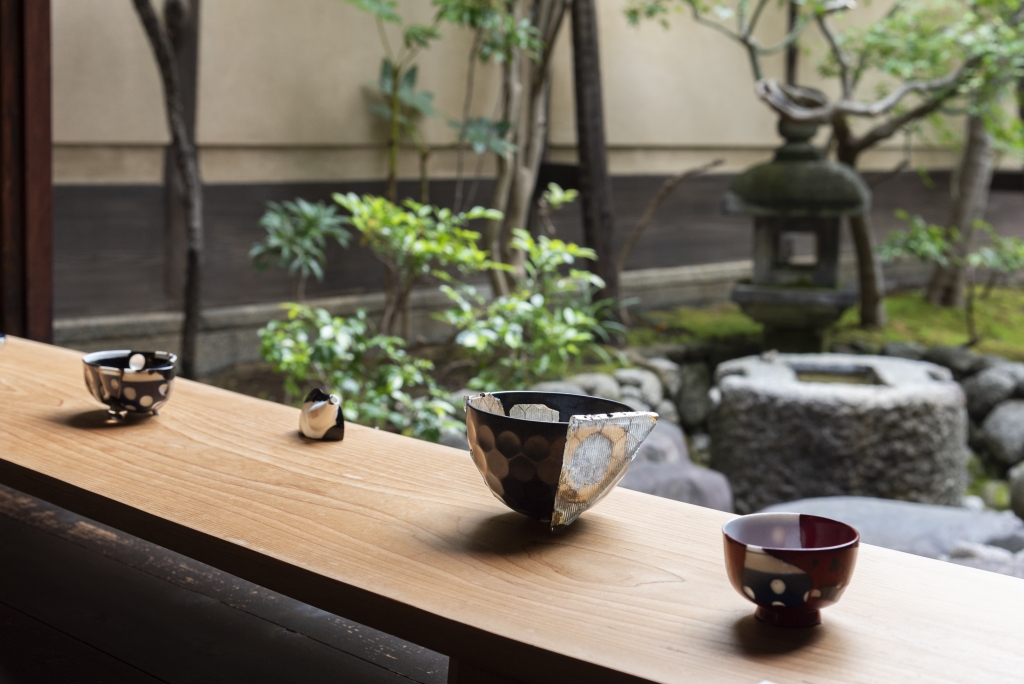
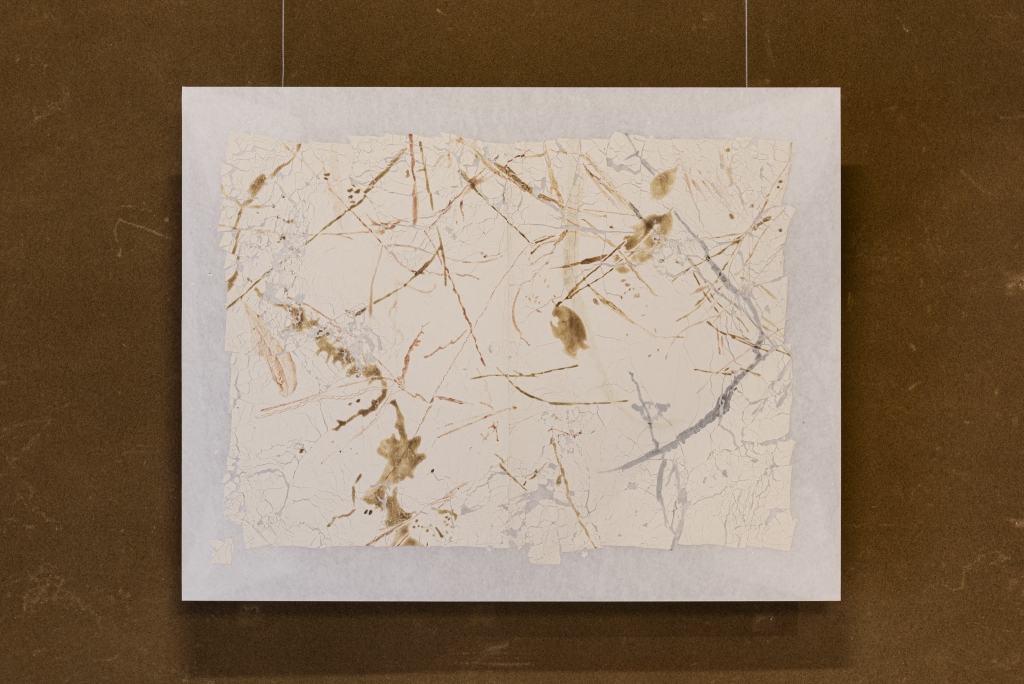
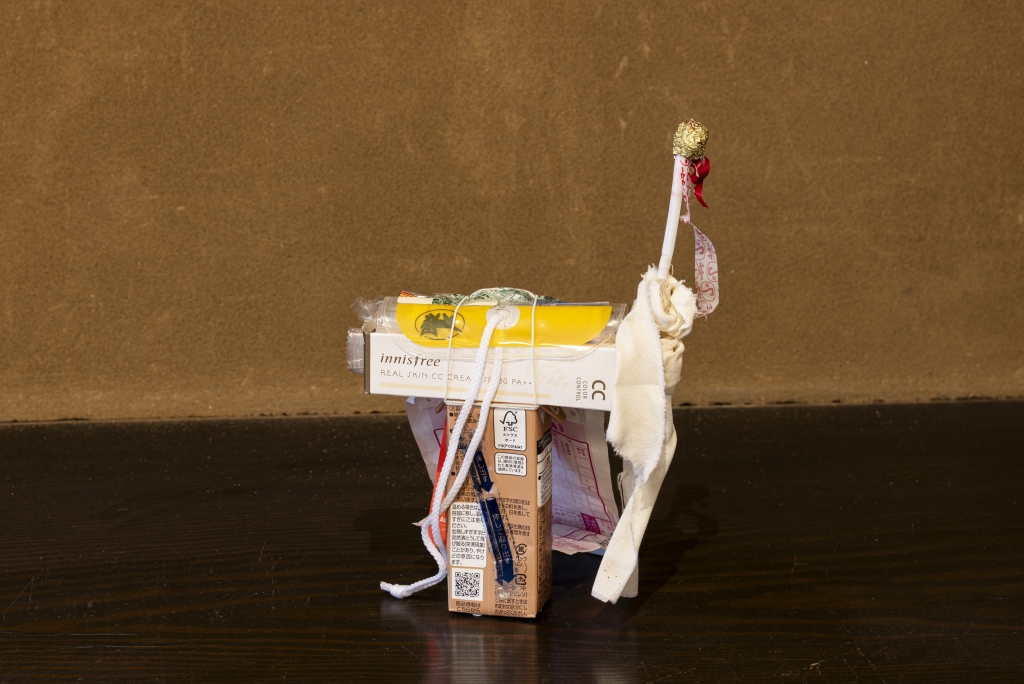
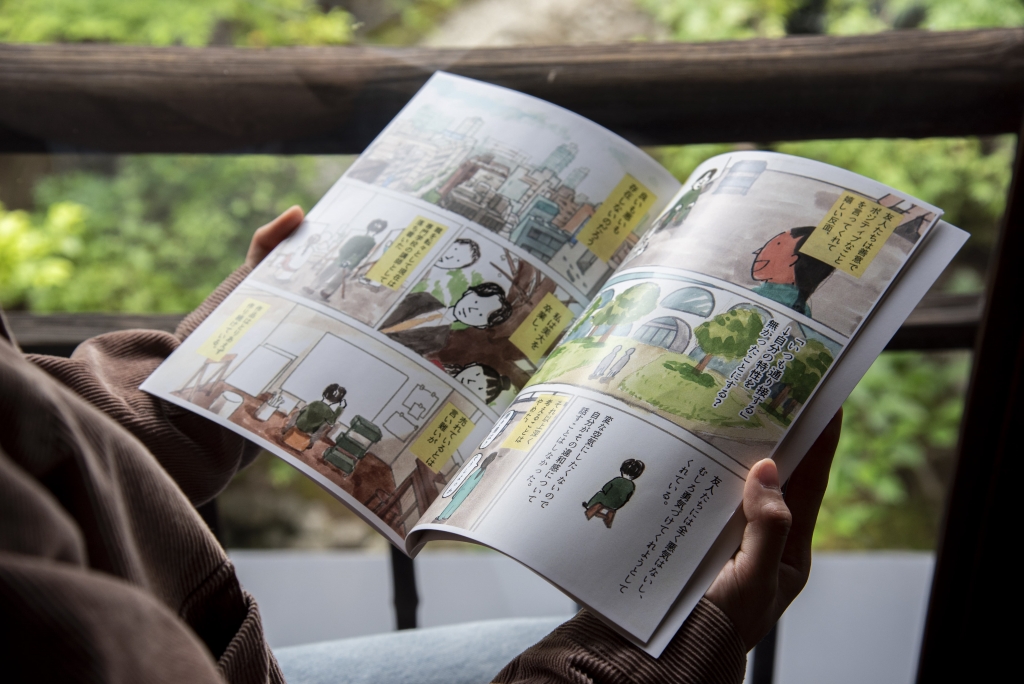
To Mend, Again 2025
The exhibition was organized as part of the All Minorities Project, a research and development program aimed at creating a fairer society in which minorities — including individuals who are neurodivergent — are not pushed into social isolation or loneliness. Focusing on communication and interpersonal relationships, the exhibition presents contemporary artworks that highlight the importance of mending what is broken, rather than simply preserving what remains unbroken.

Installation view, video work by Takayuki Yamamoto, Photo: Haruka Oka
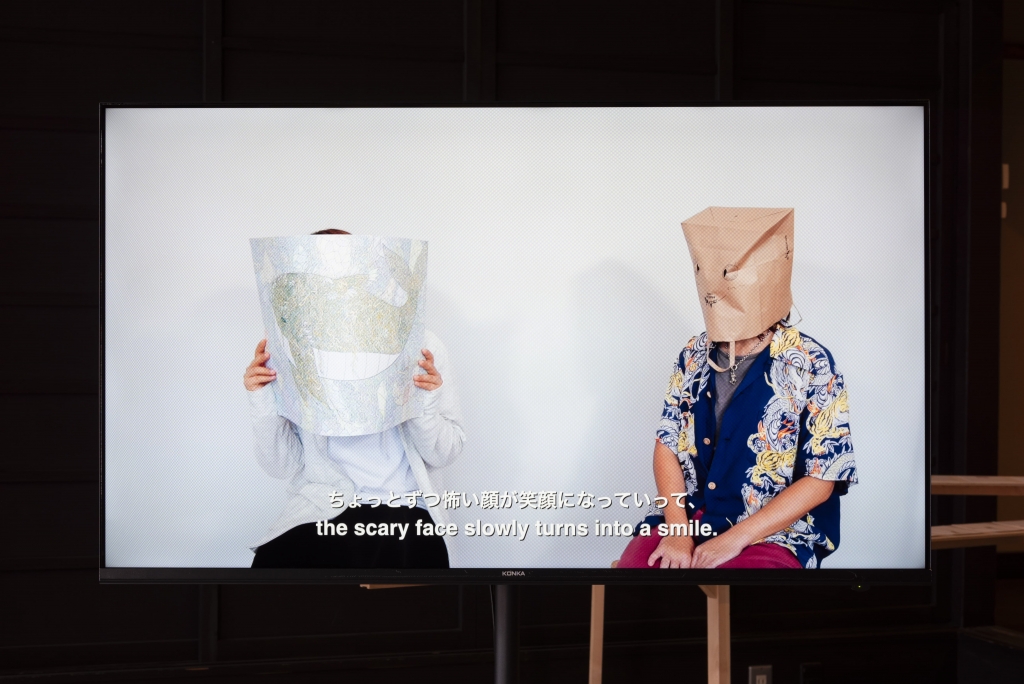
Installation view, video work by Takayuki Yamamoto, Photo: Haruka Oka
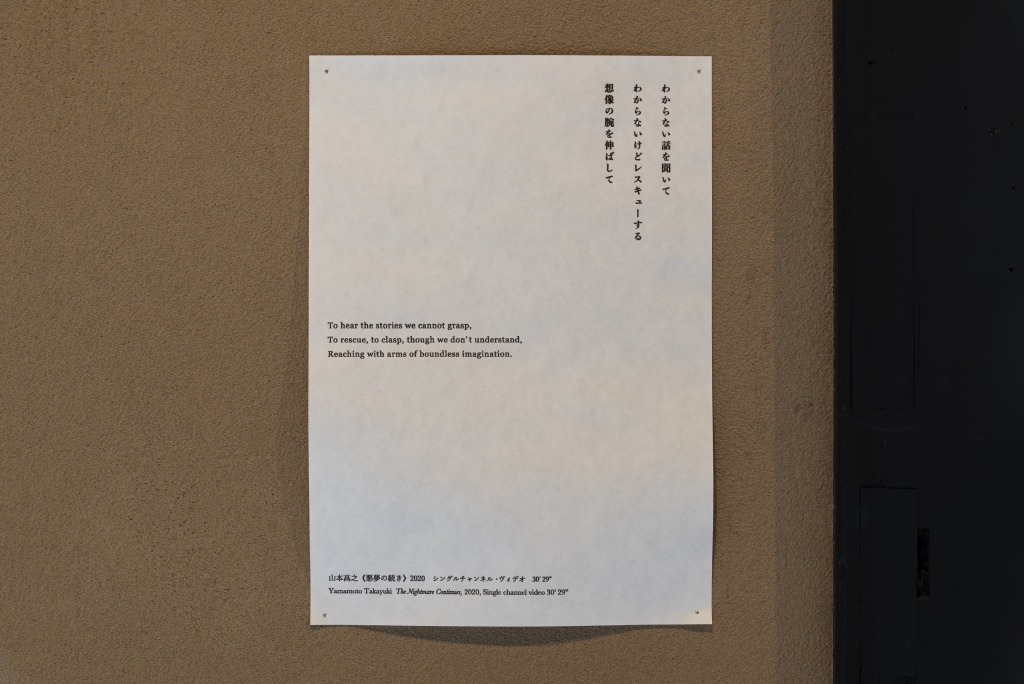
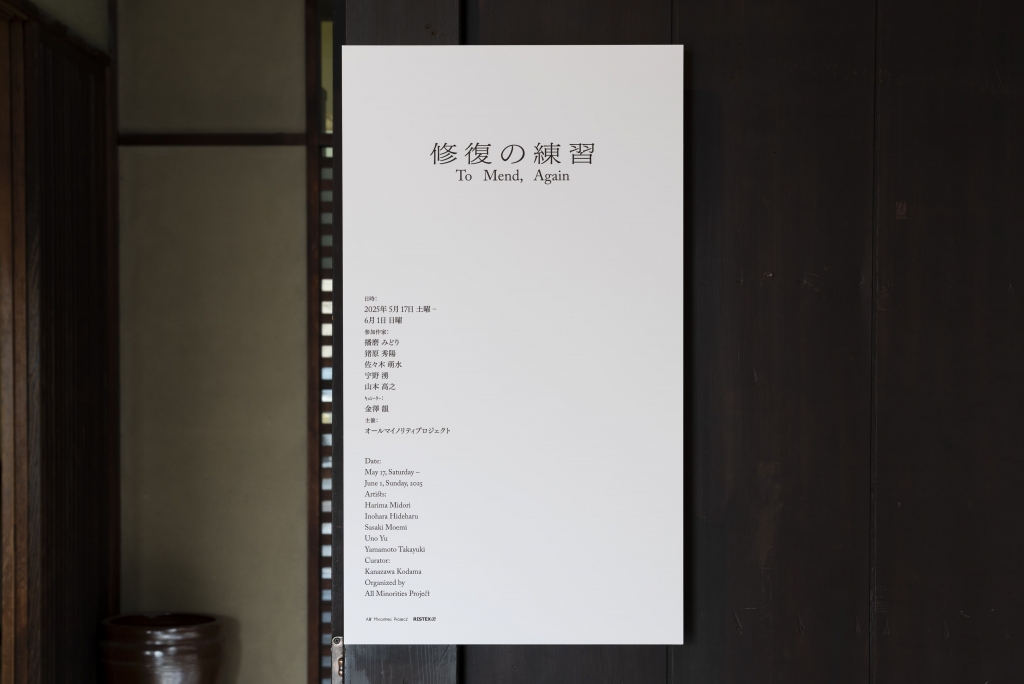
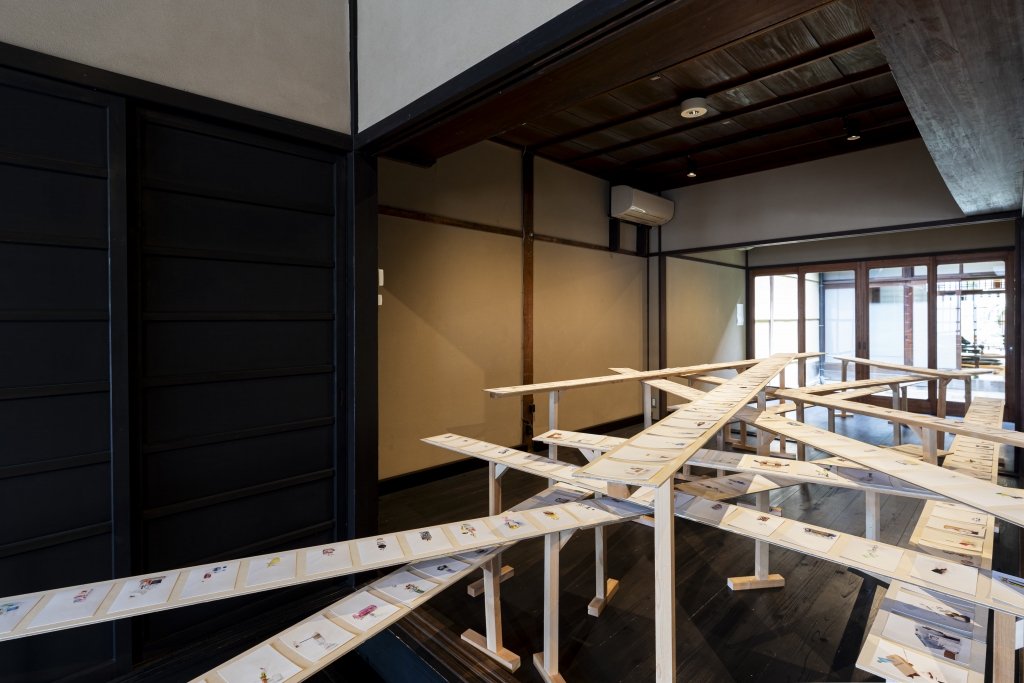
Installation view, work by Midori Harima, Photo: Haruka Oka
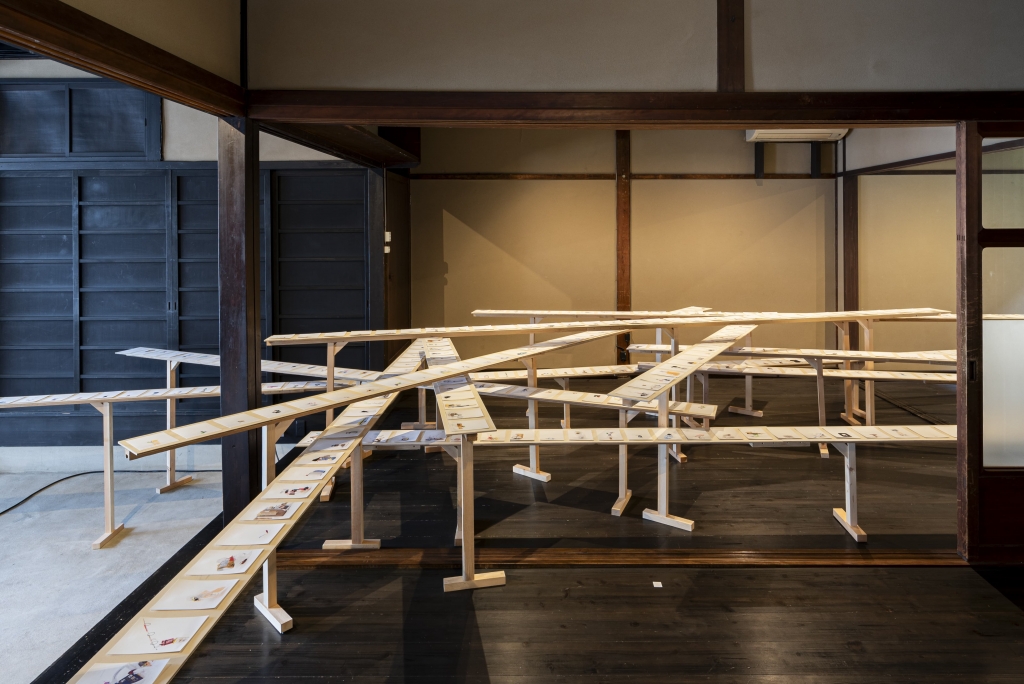
Installation view, work by Midori Harima, Photo: Haruka Oka
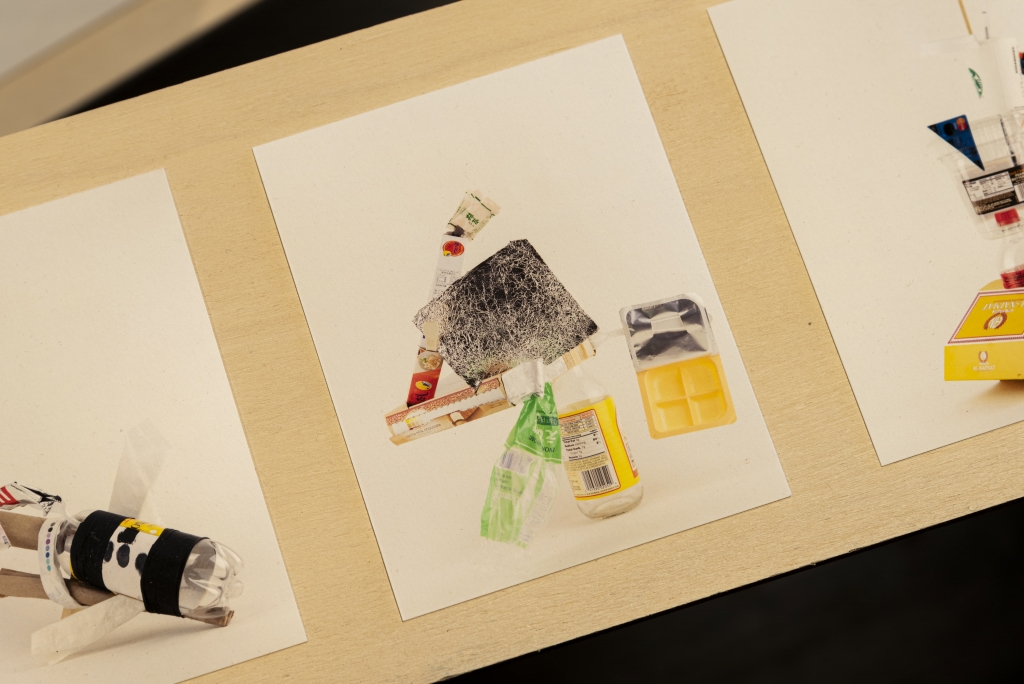
Installation view, work by Midori Harima, Photo: Haruka Oka
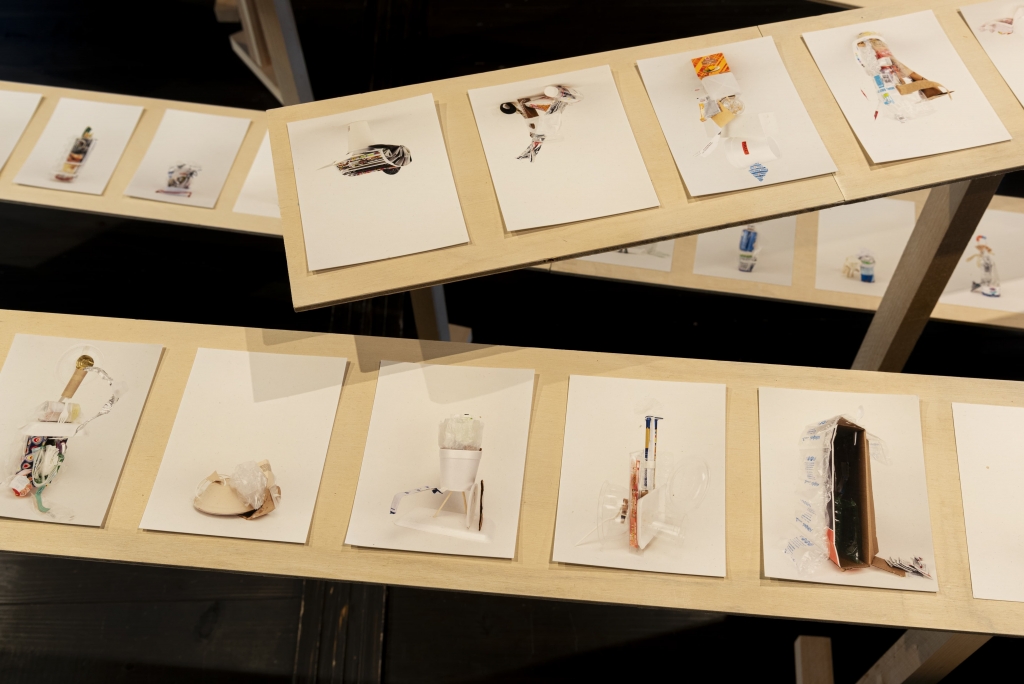
Installation view, work by Midori Harima, Photo: Haruka Oka
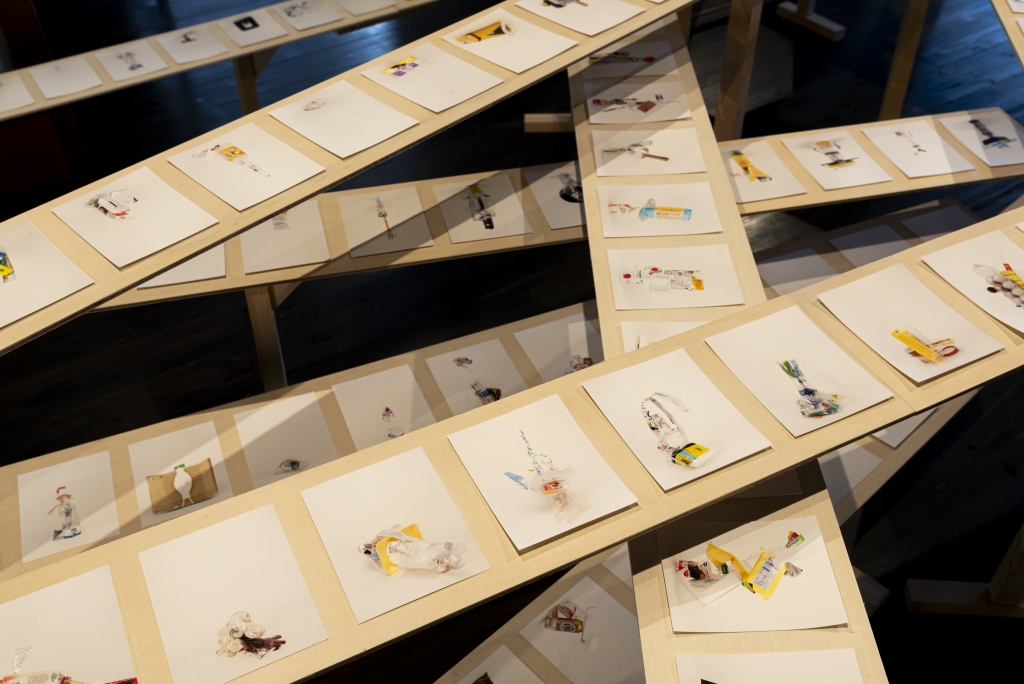
Installation view, work by Midori Harima, Photo: Haruka Oka

Installation view, work by Midori Harima, Photo: Haruka Oka
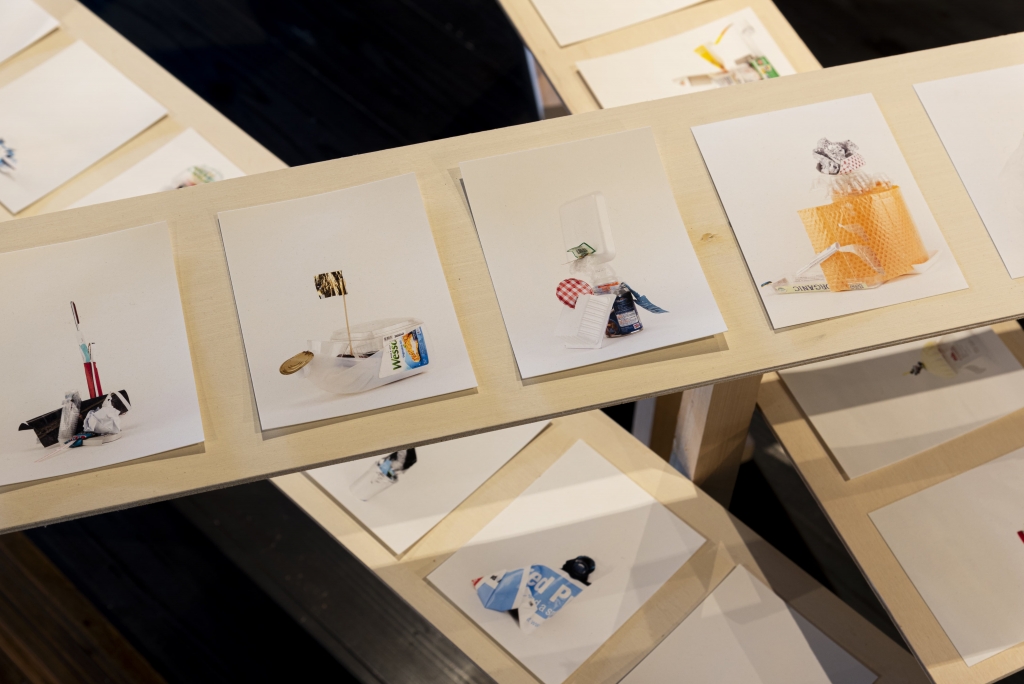
Installation view, work by Midori Harima, Photo: Haruka Oka

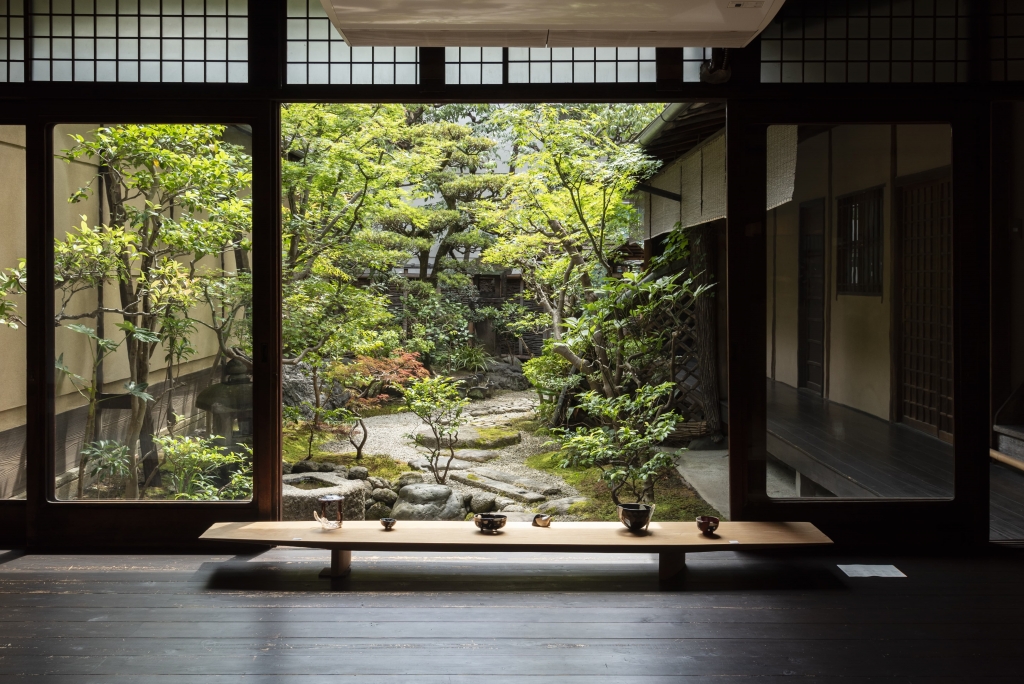
Installation view, work by Moemi Sasaki, Photo: Haruka Oka

Installation view, work by Moemi Sasaki, Photo: Haruka Oka
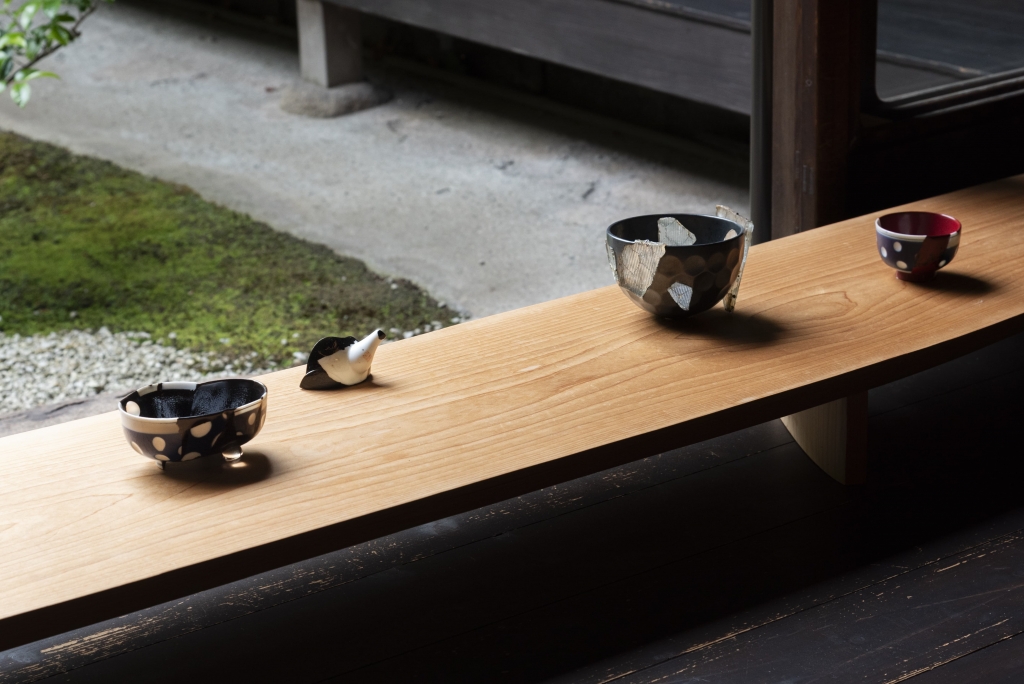
Installation view, work by Moemi Sasaki, Photo: Haruka Oka
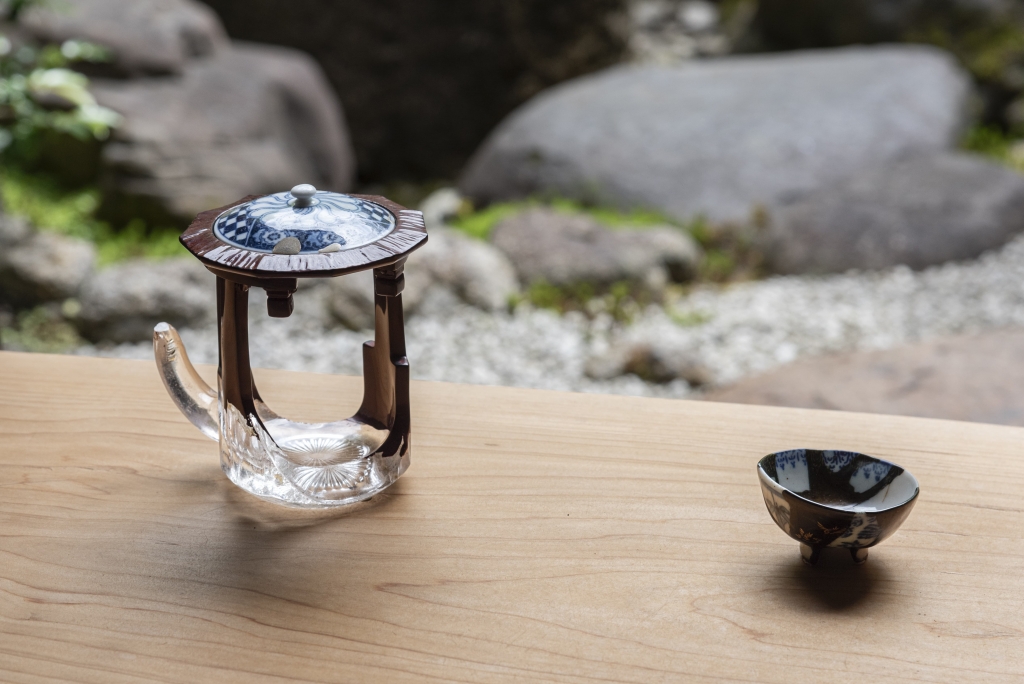
Installation view, work by Moemi Sasaki, Photo: Haruka Oka
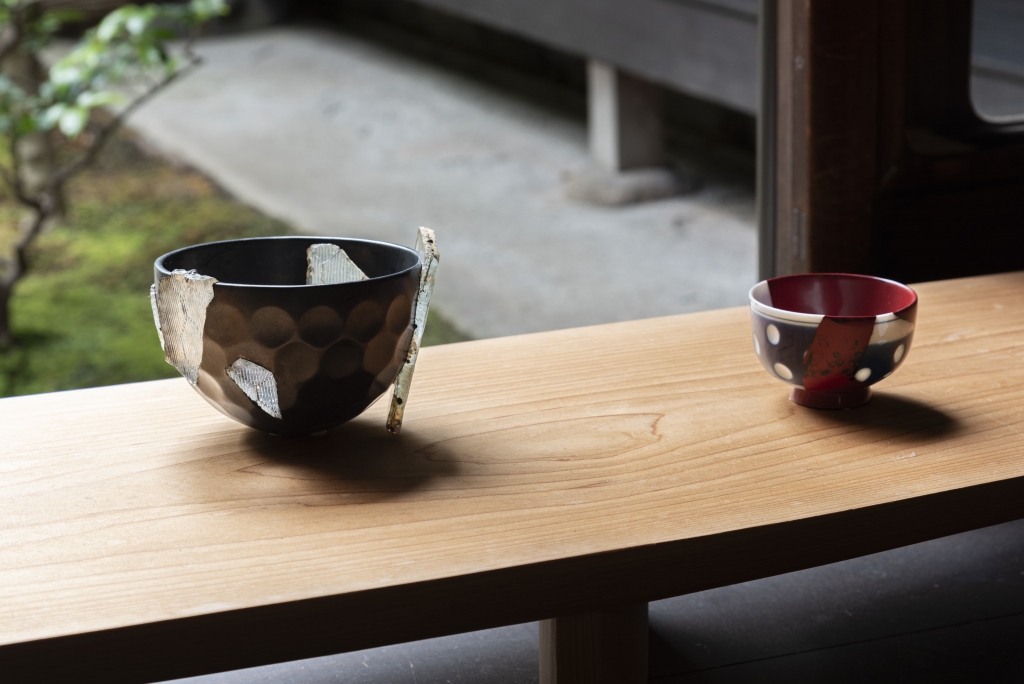
Installation view, work by Moemi Sasaki, Photo: Haruka Oka
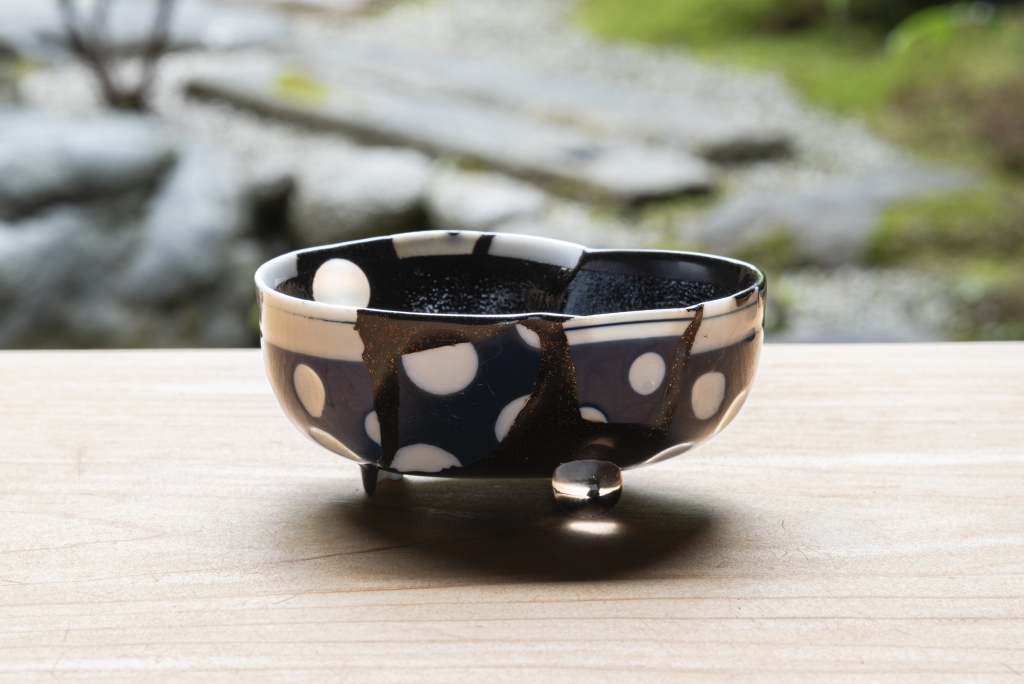
Installation view, work by Moemi Sasaki, Photo: Haruka Oka
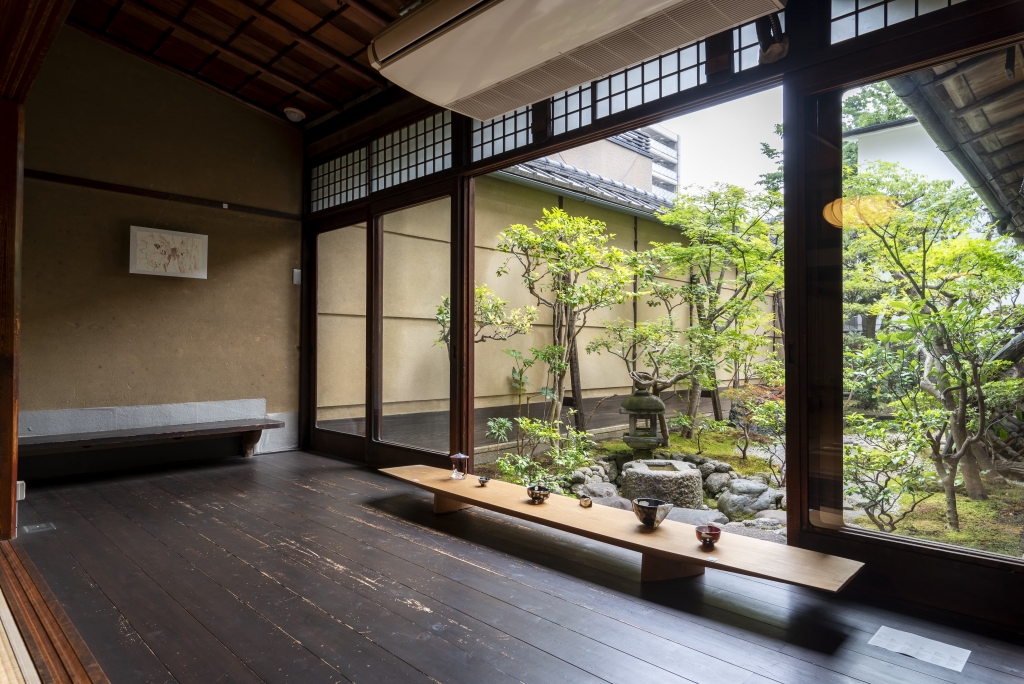
Installation view, work by Moemi Sasaki and Yu Uno, Photo: Haruka Oka

Installation view, work by Yu Uno, Photo: Haruka Oka
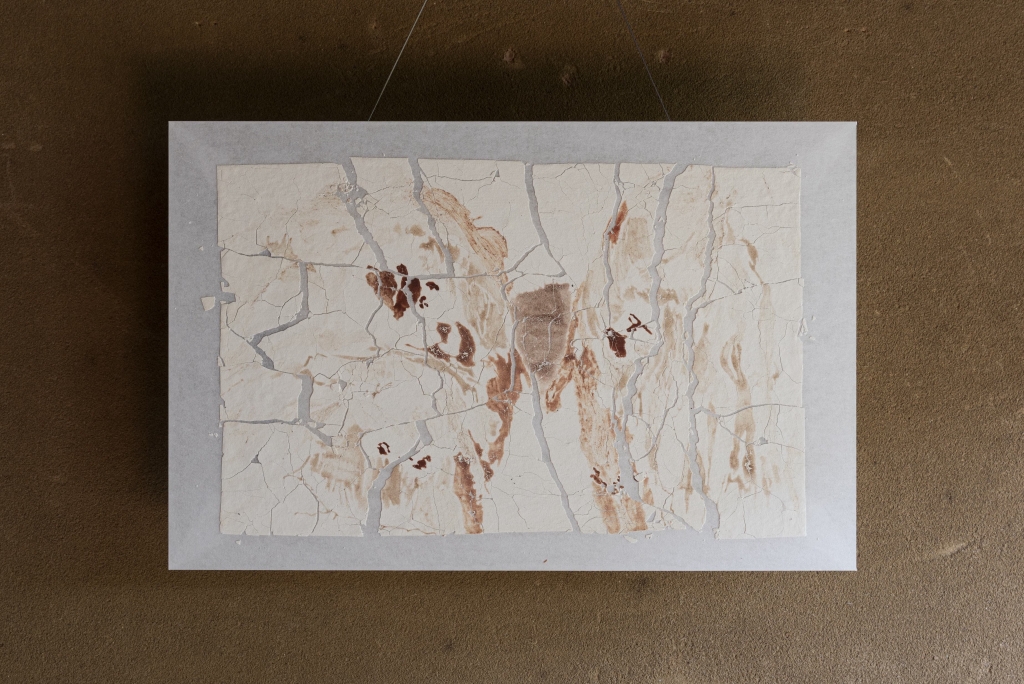
Installation view, work by Yu Uno, Photo: Haruka Oka

Installation view, work by Yu Uno, Photo: Haruka Oka
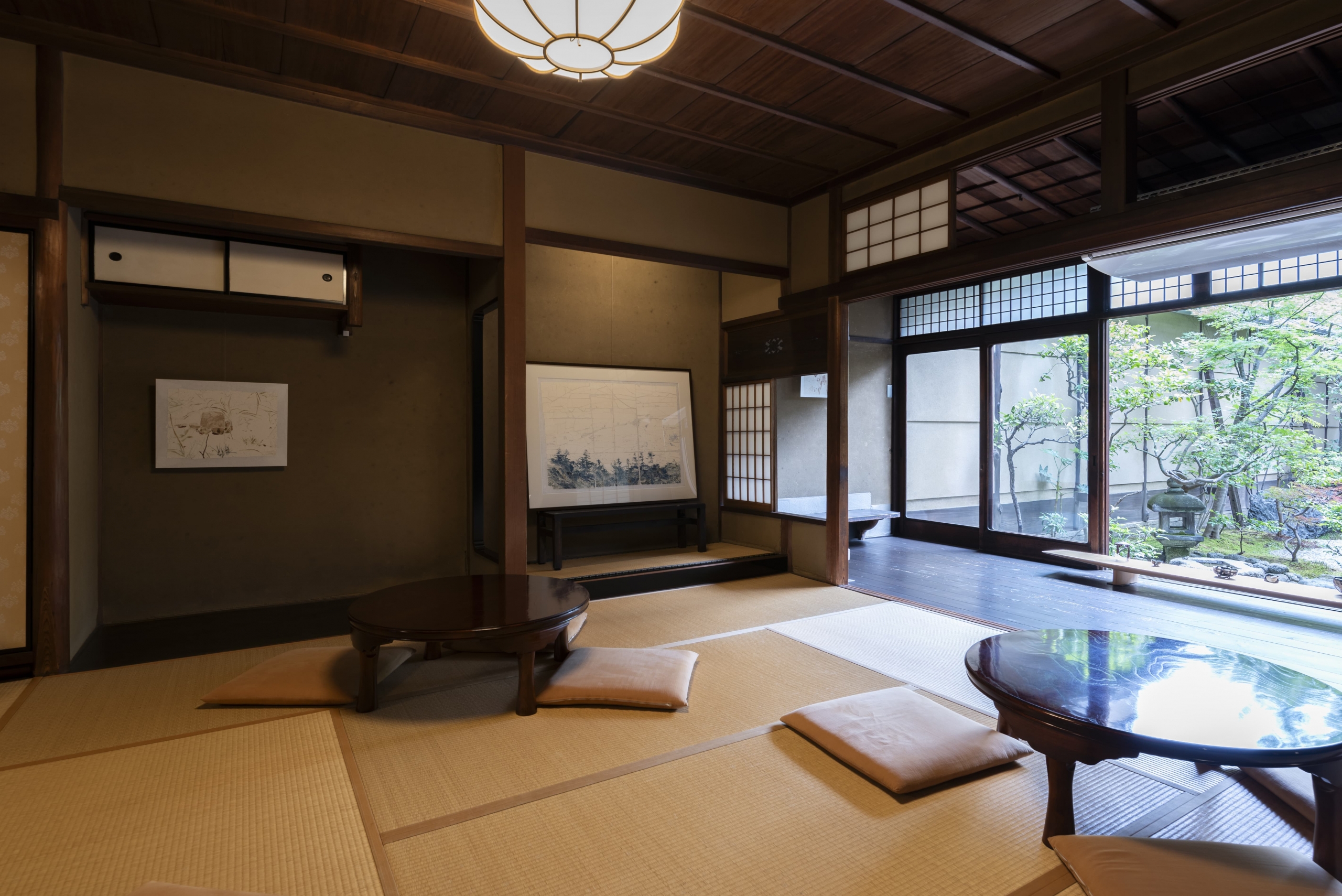
Installation view, work by Yu Uno, Photo: Haruka Oka
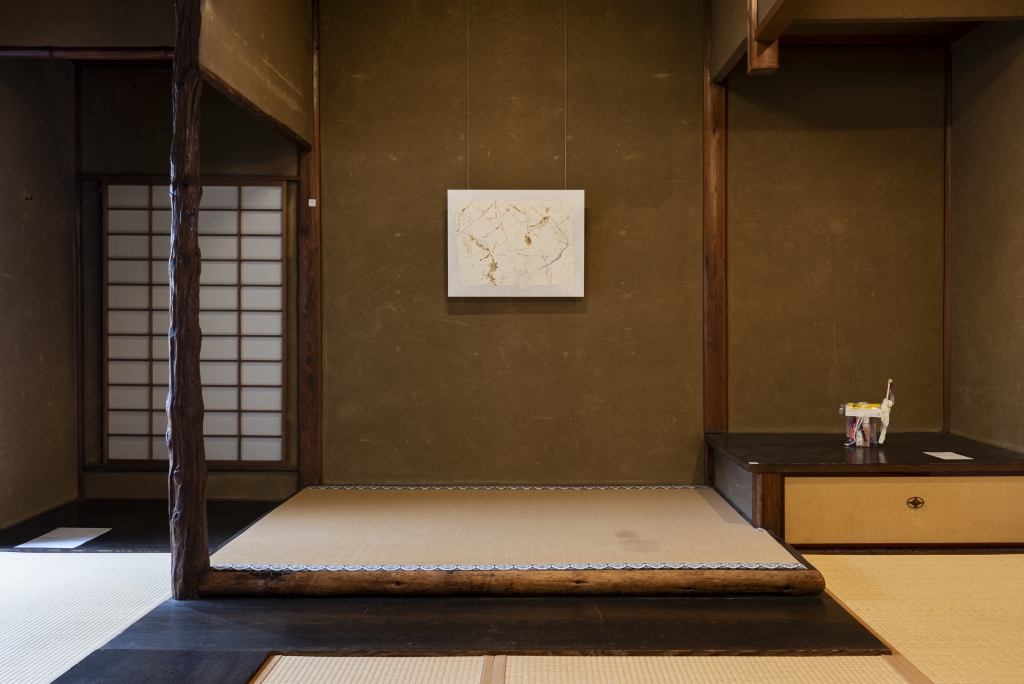
Installation view, work by Yu Uno, Photo: Haruka Oka

Installation view, work by Yu Uno, Photo: Haruka Oka
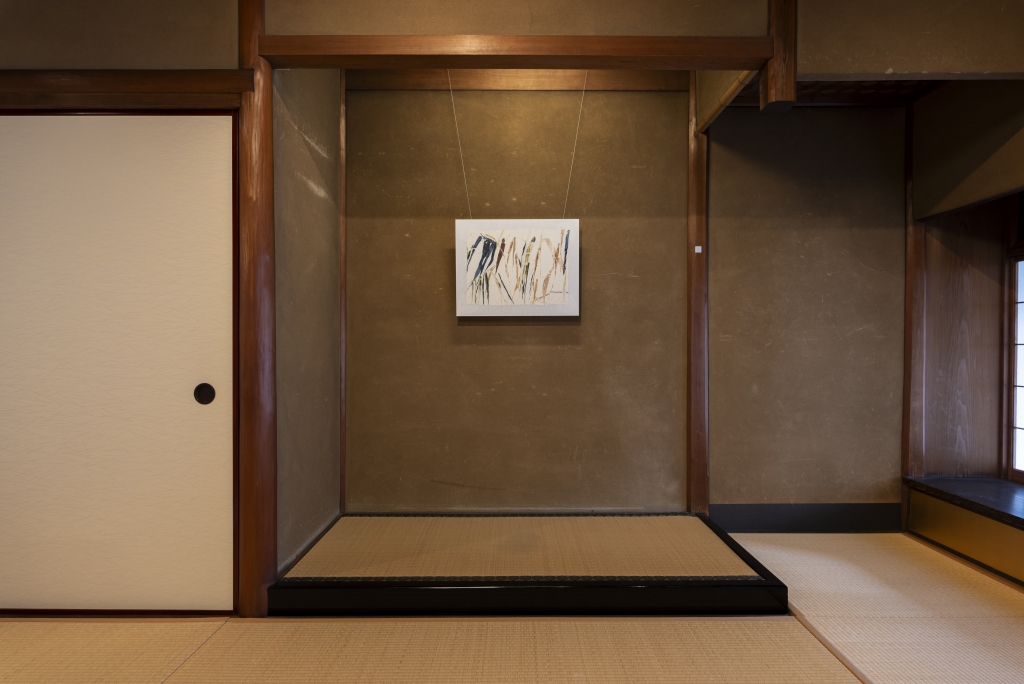
Installation view, work by Yu Uno, Photo: Haruka Oka
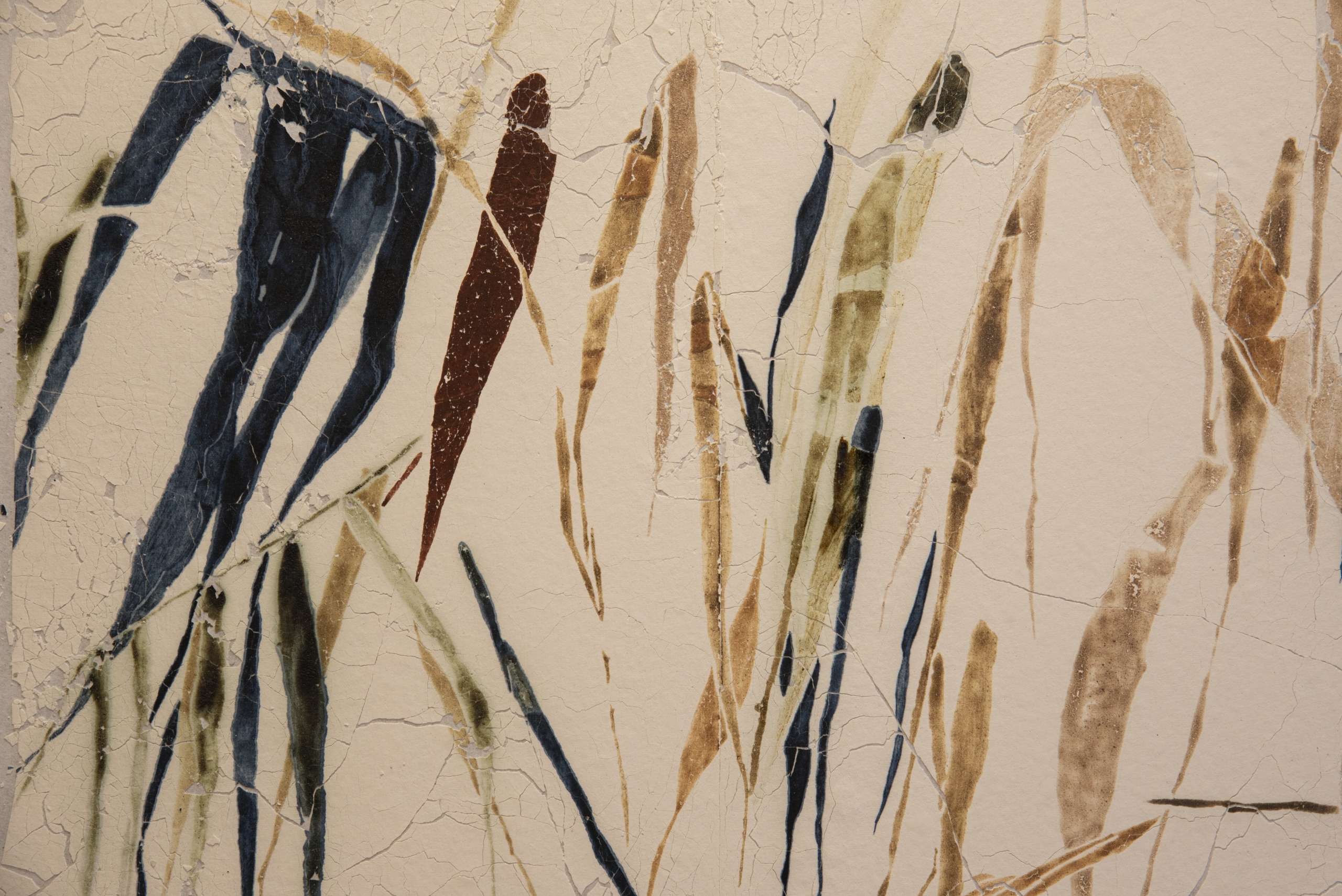
Detail, work by Yu Uno, Photo: Haruka Oka
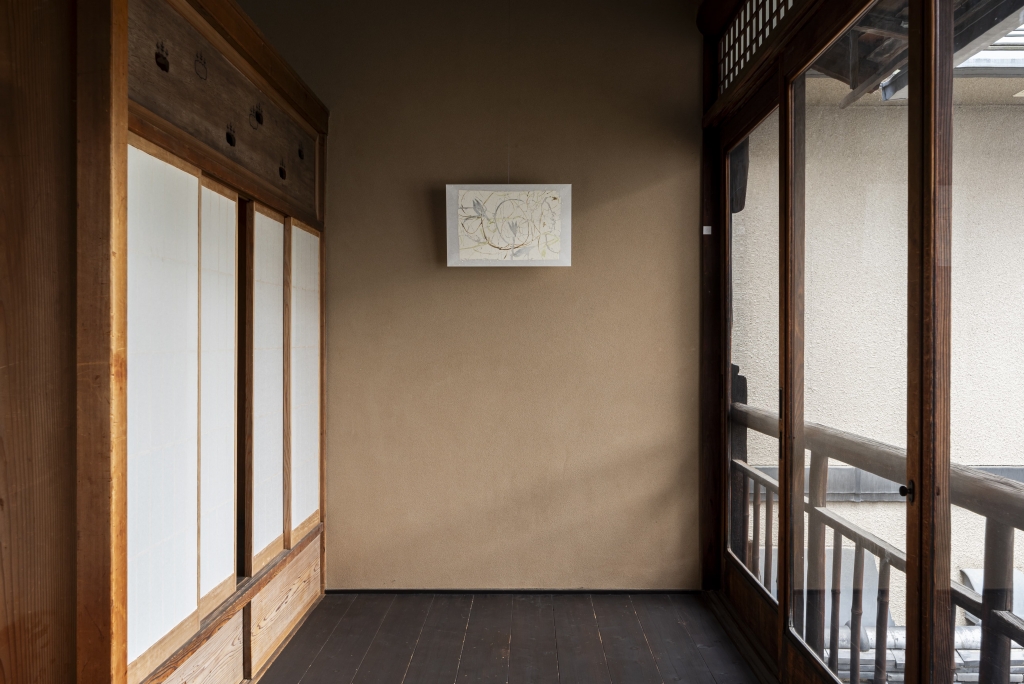
Installation view, work by Yu Uno, Photo: Haruka Oka
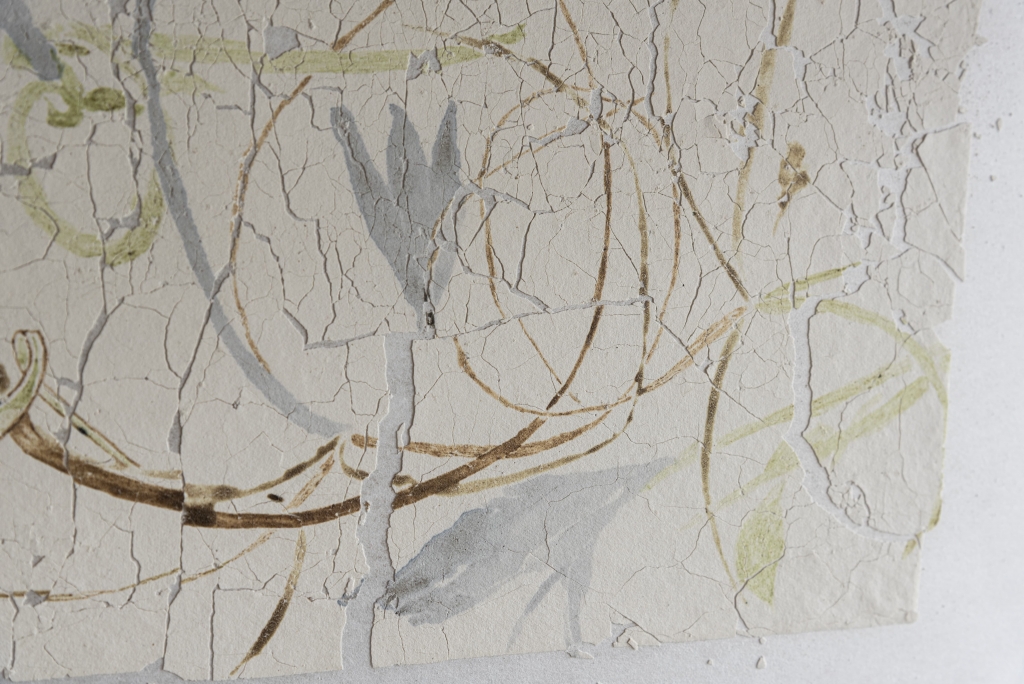
Detail, work by Yu Uno, Photo: Haruka Oka
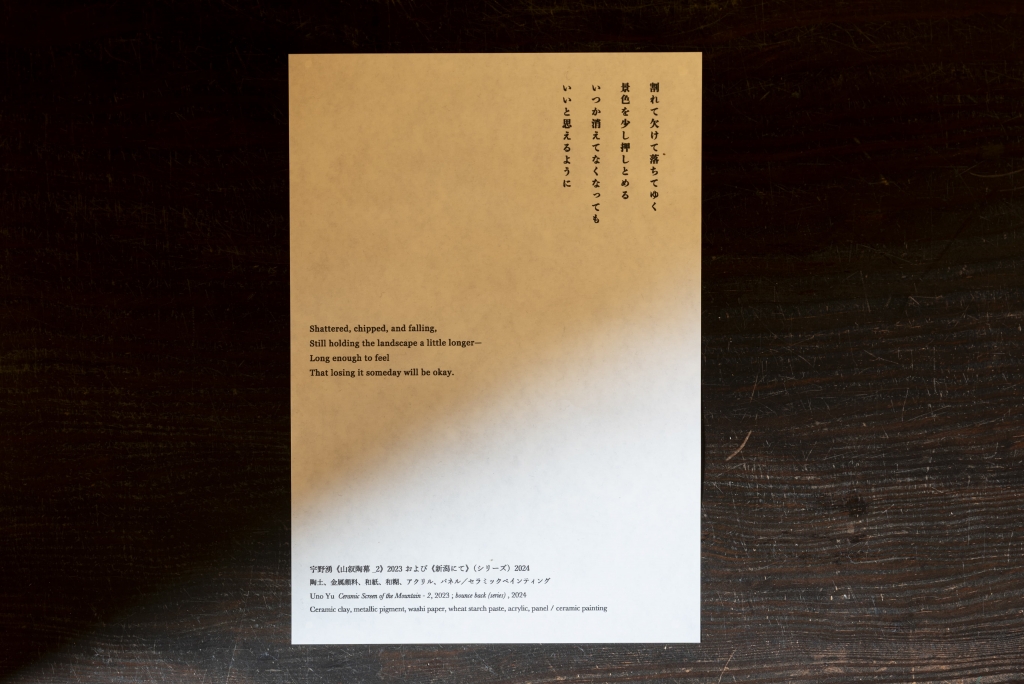
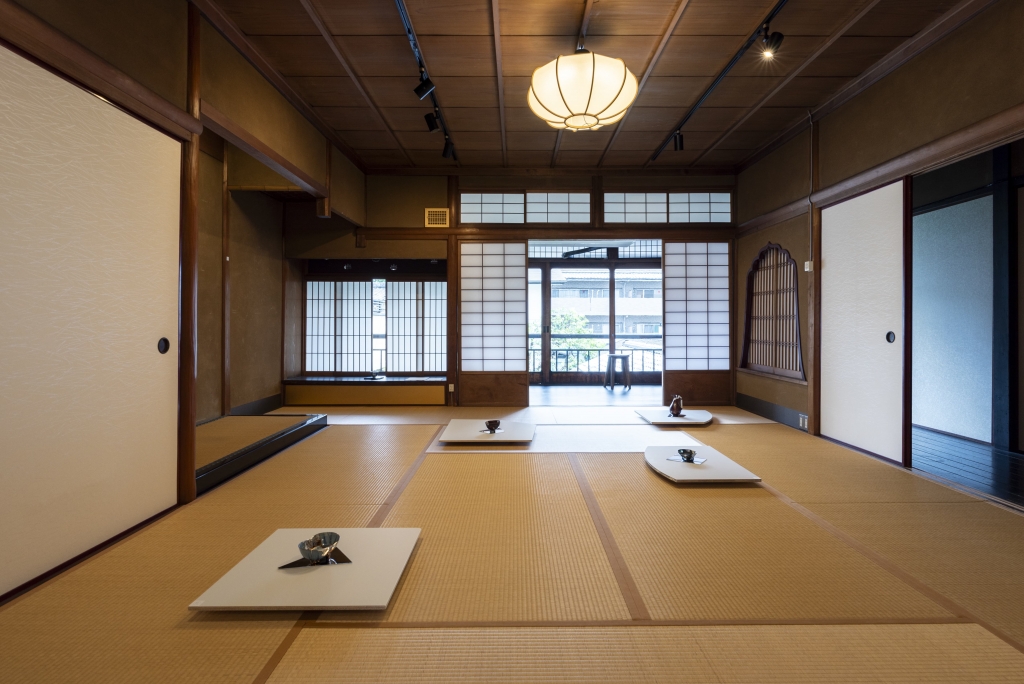
Installation view, work by Moemi Sasaki, Photo: Haruka Oka
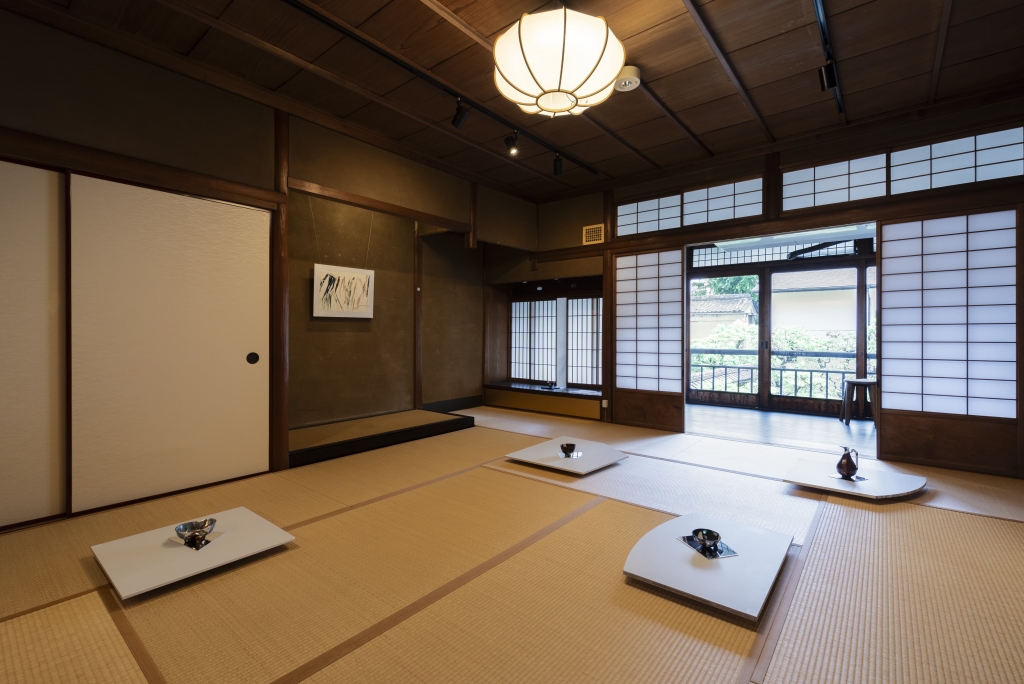
Installation view, work by Yu Uno and Moemi Sasaki, Photo: Haruka Oka

Installation view, work by Yu Uno and Moemi Sasaki, Photo: Haruka Oka
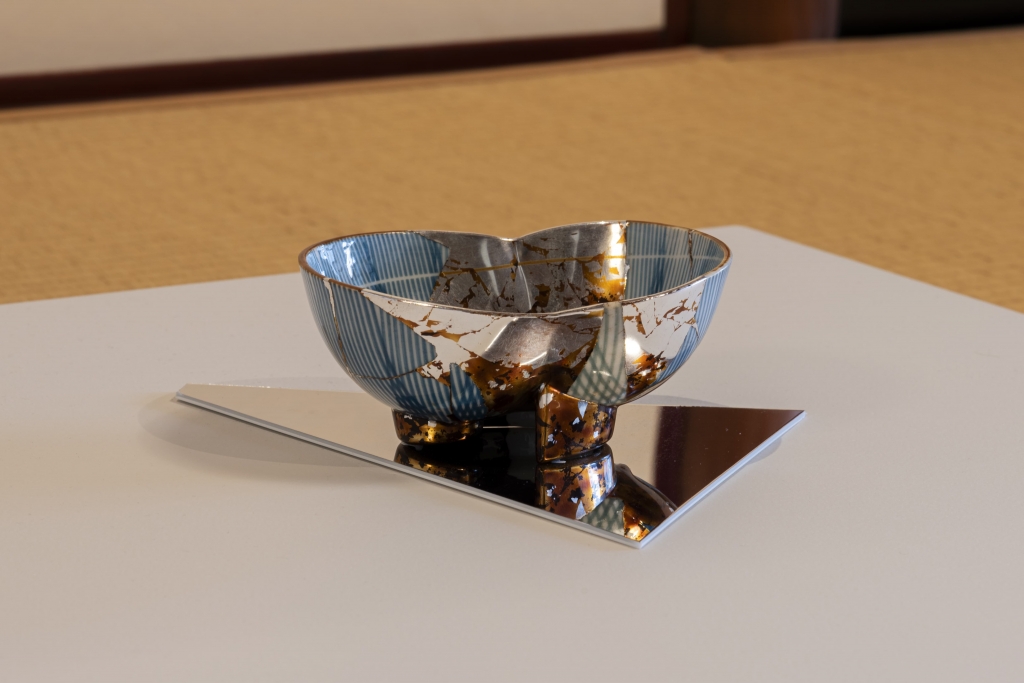
Installation view, work by Moemi Sasaki, Photo: Haruka Oka
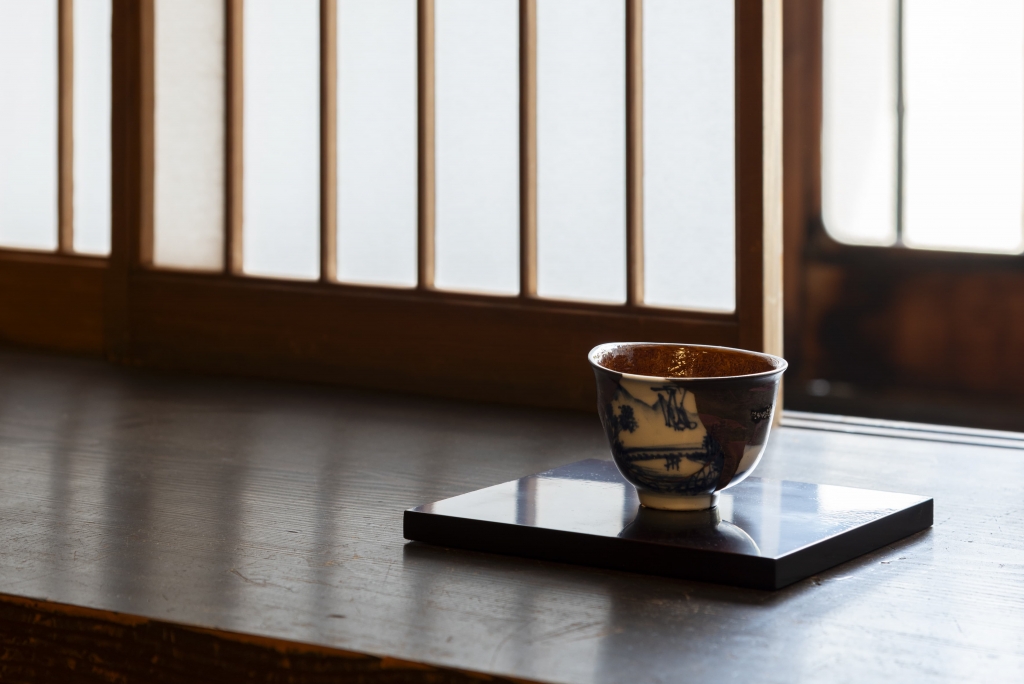
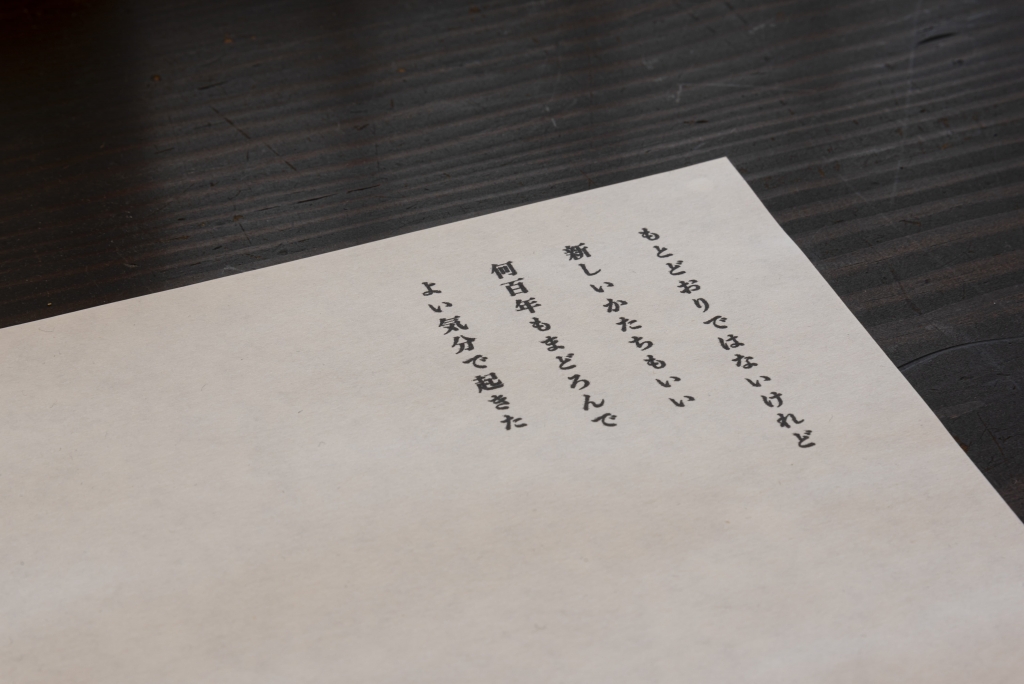

Installation view, work by Midori Harima, Photo: Haruka Oka
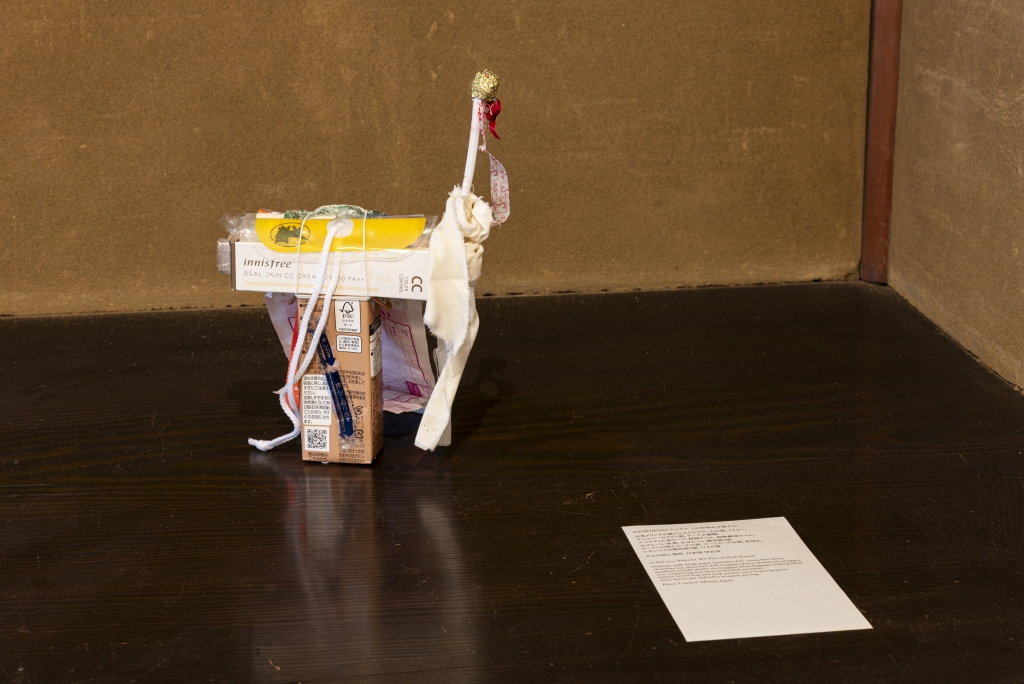
Installation view, work by Midori Harima, Photo: Haruka Oka
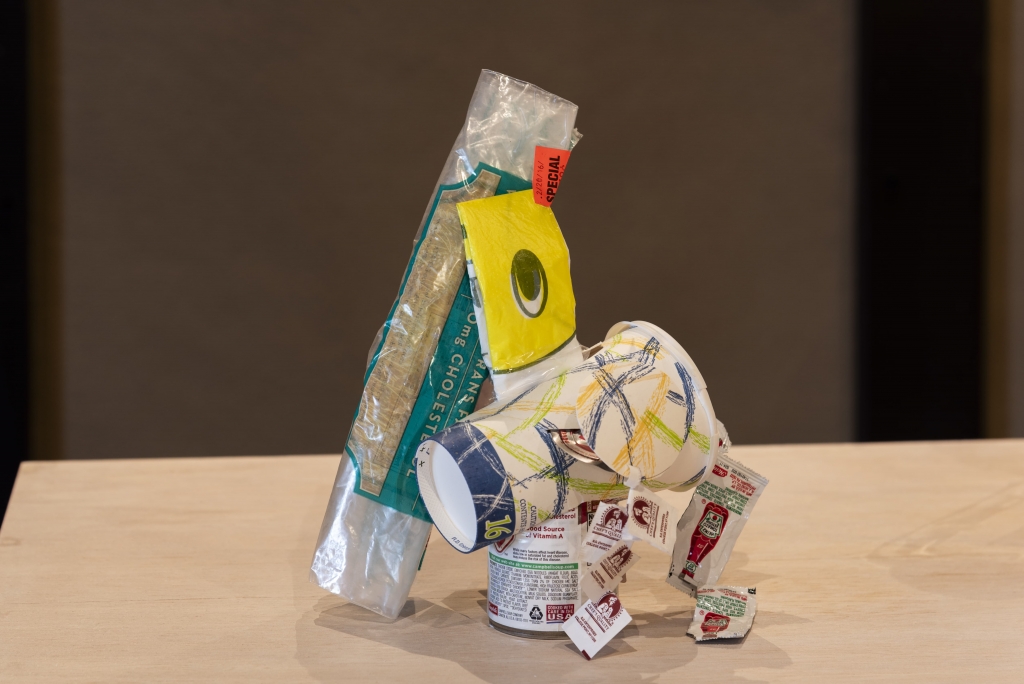
Installation view, work by Midori Harima, Photo: Haruka Oka
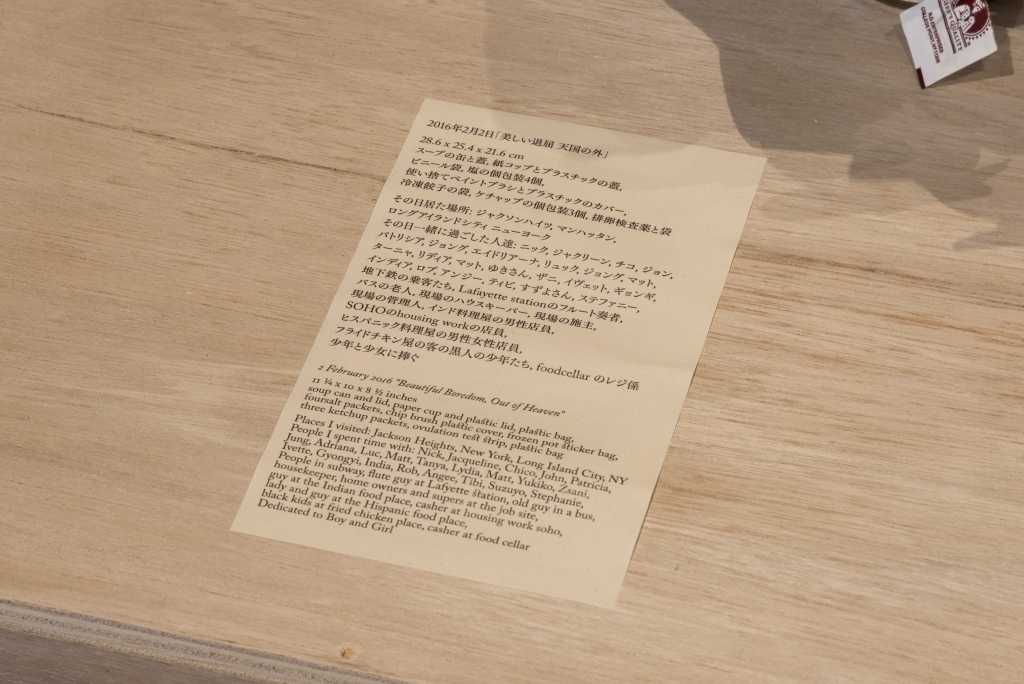
A label of the work by Midori Harima, Photo: Haruka Oka
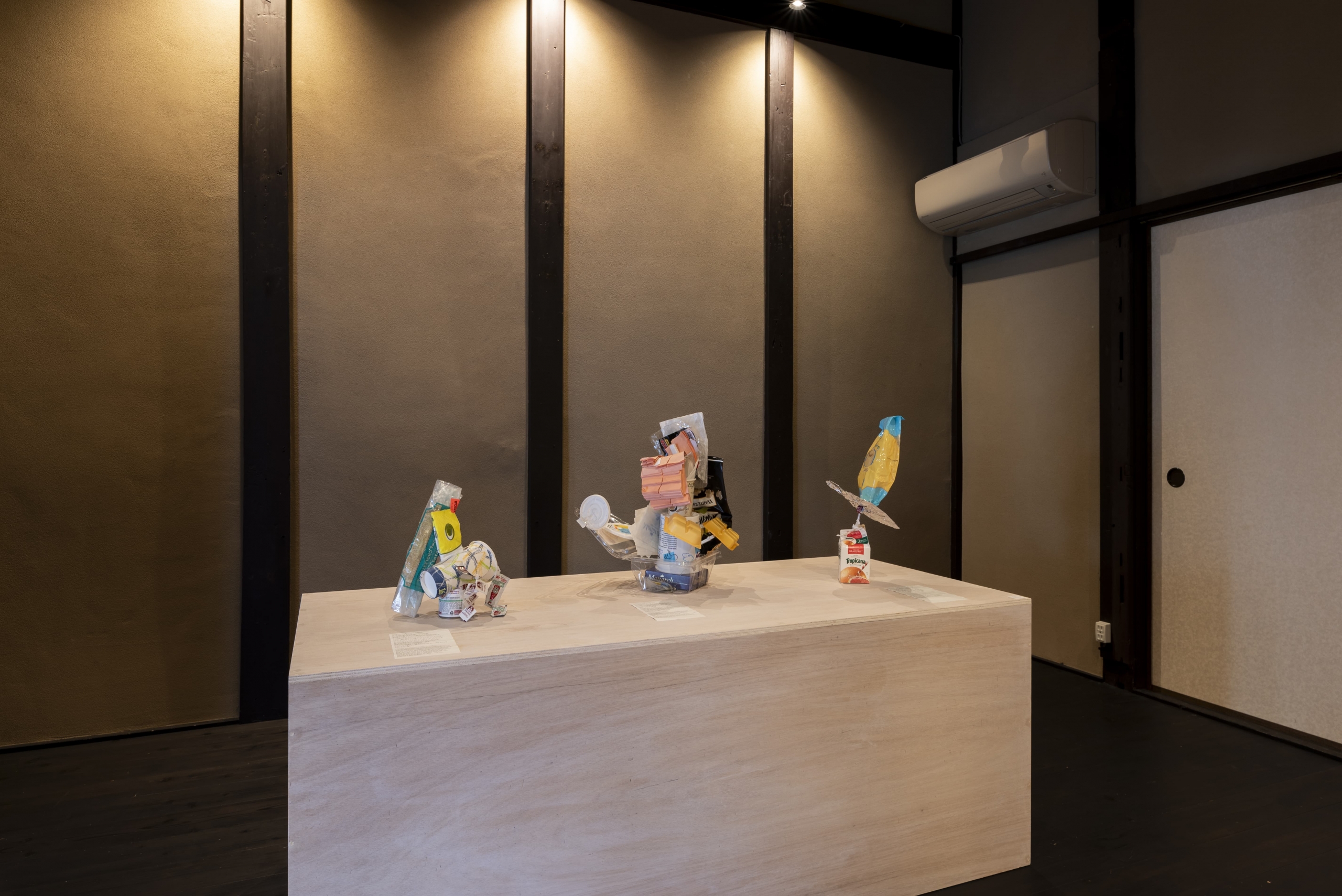
Installation view, work by Midori Harima, Photo: Haruka Oka
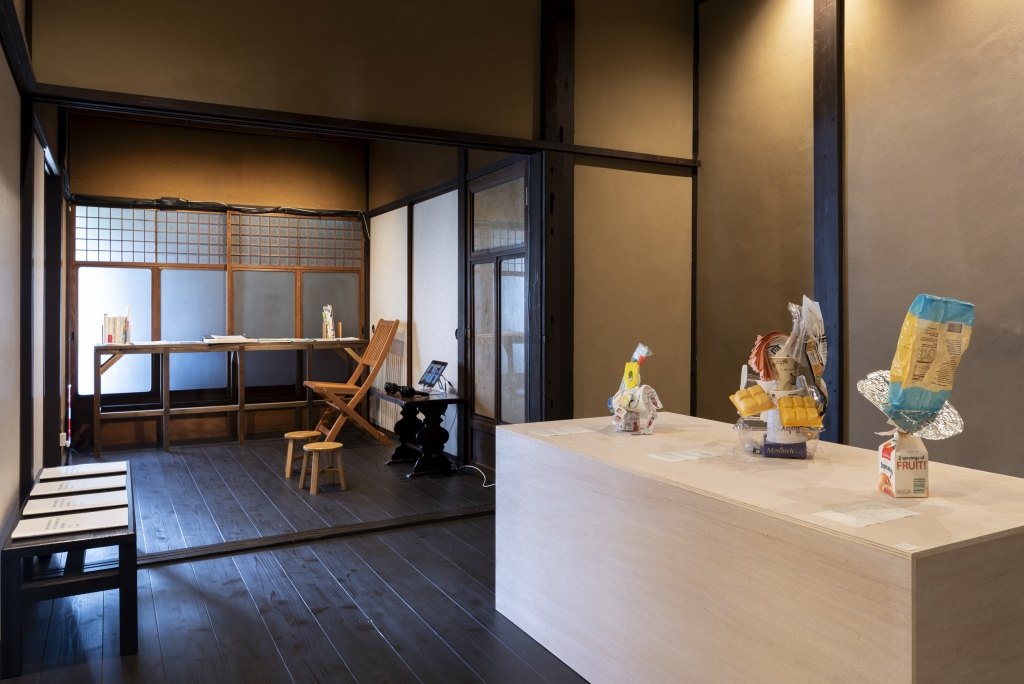
Installation view, work by Midori Harima, Photo: Haruka Oka
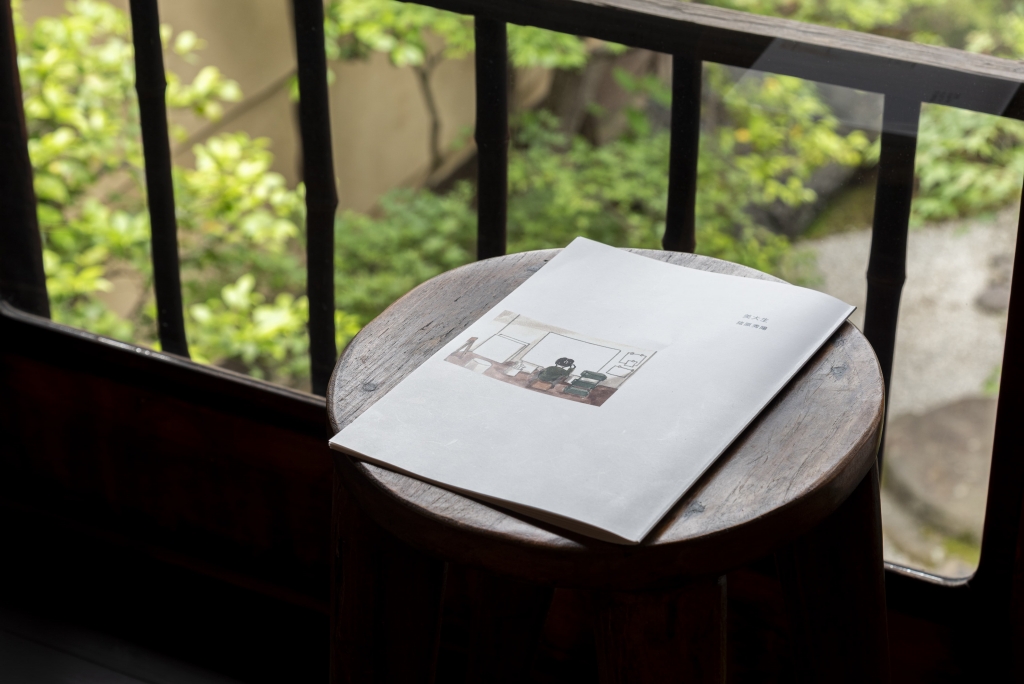
Installation view, work by Hideharu Inohara, Photo: Haruka Oka
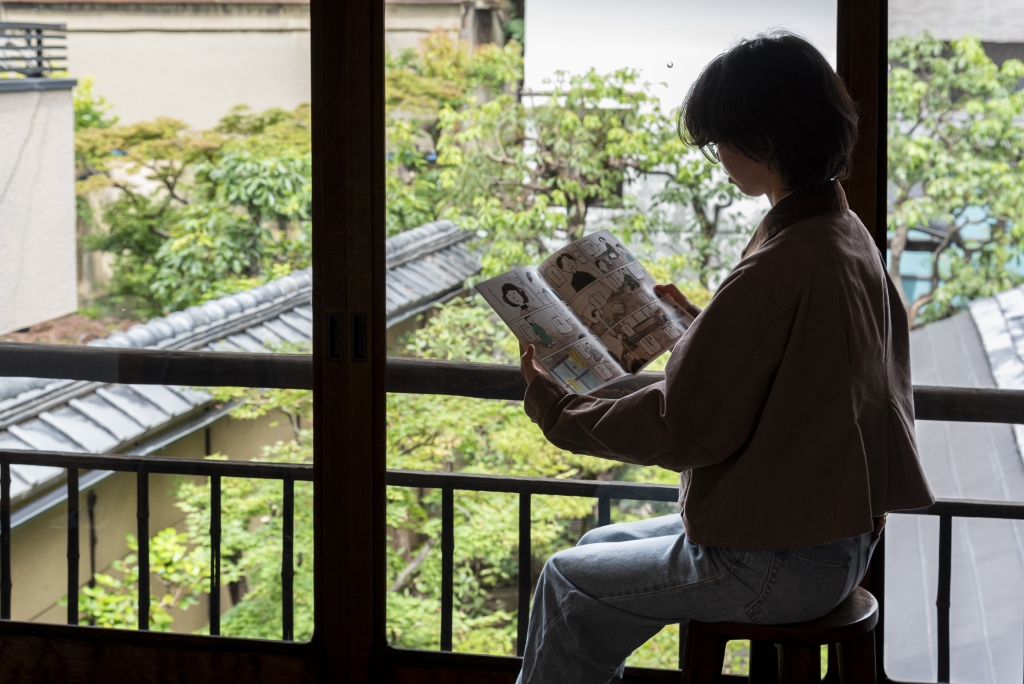
Installation view, work by Hideharu Inohara, Photo: Haruka Oka

Installation view, work by Hideharu Inohara, Photo: Haruka Oka
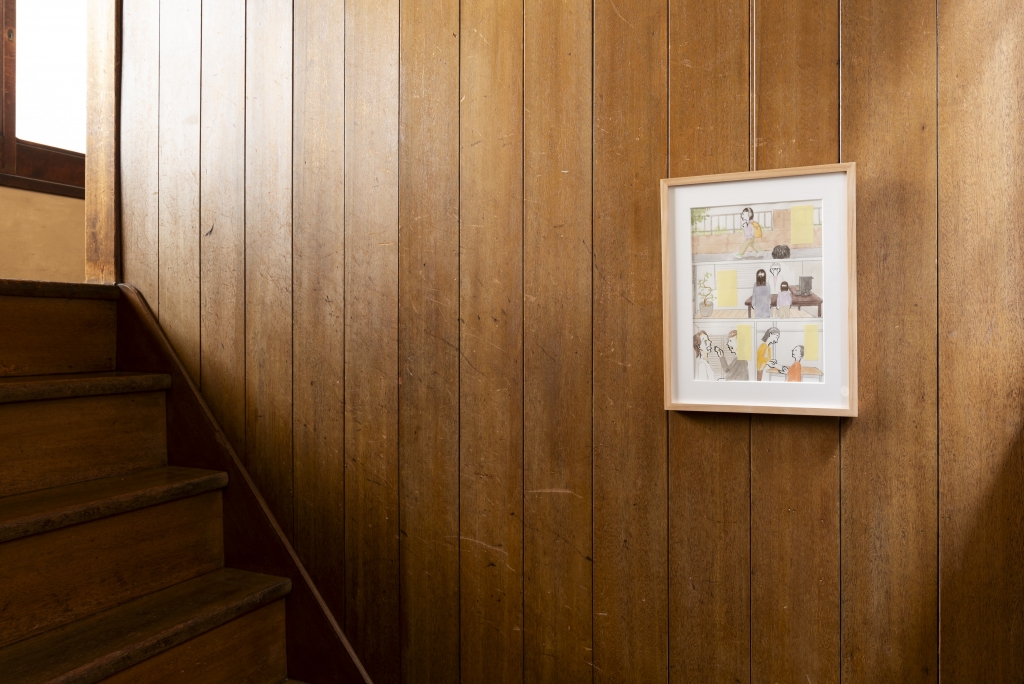
Installation view, work by Hideharu Inohara, Photo: Haruka Oka
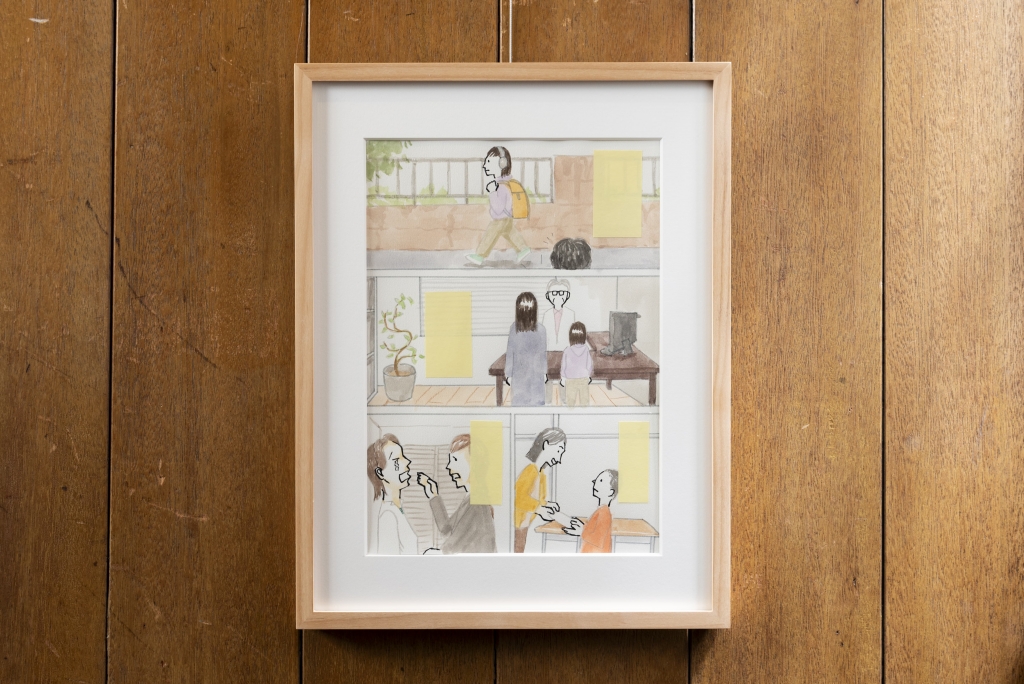
Installation view, work by Hideharu Inohara, Photo: Haruka Oka
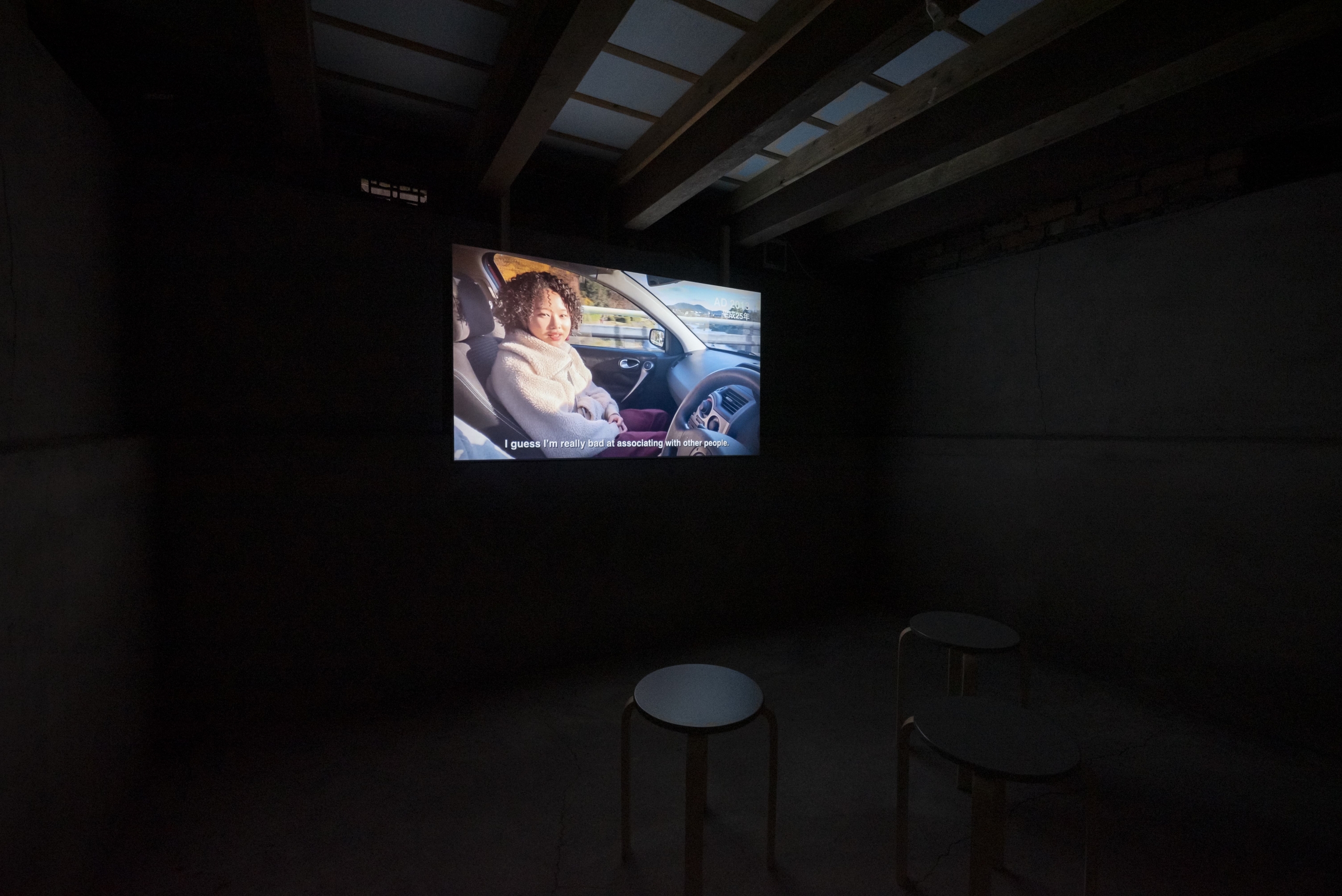
Installation view, video work by Takayuki Yamamoto, Photo: Haruka Oka
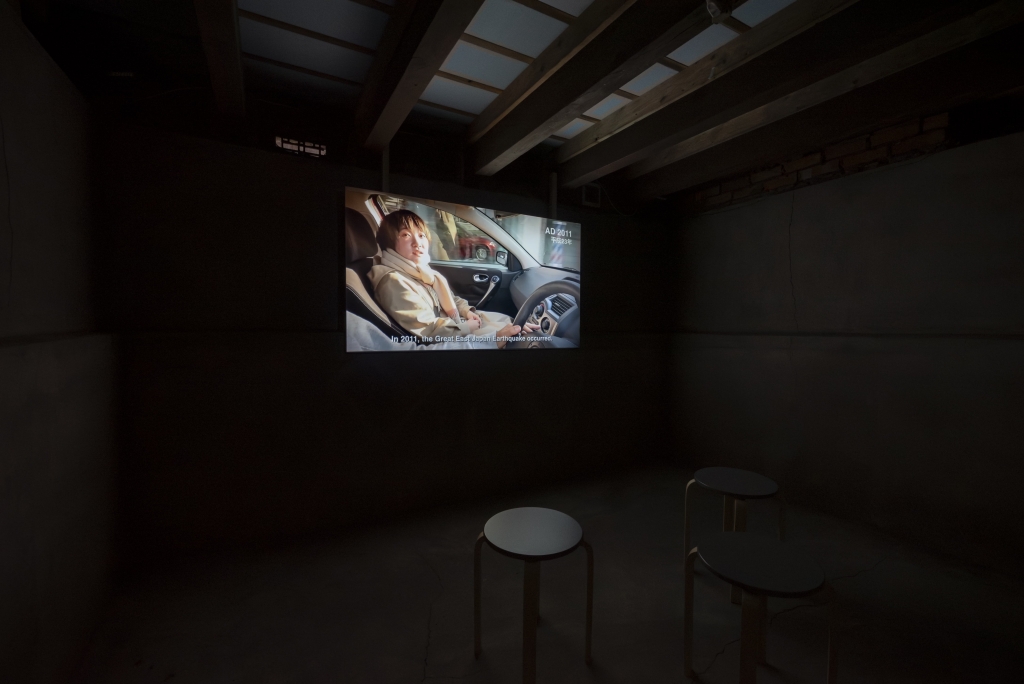
Installation view, video work by Takayuki Yamamoto, Photo: Haruka Oka
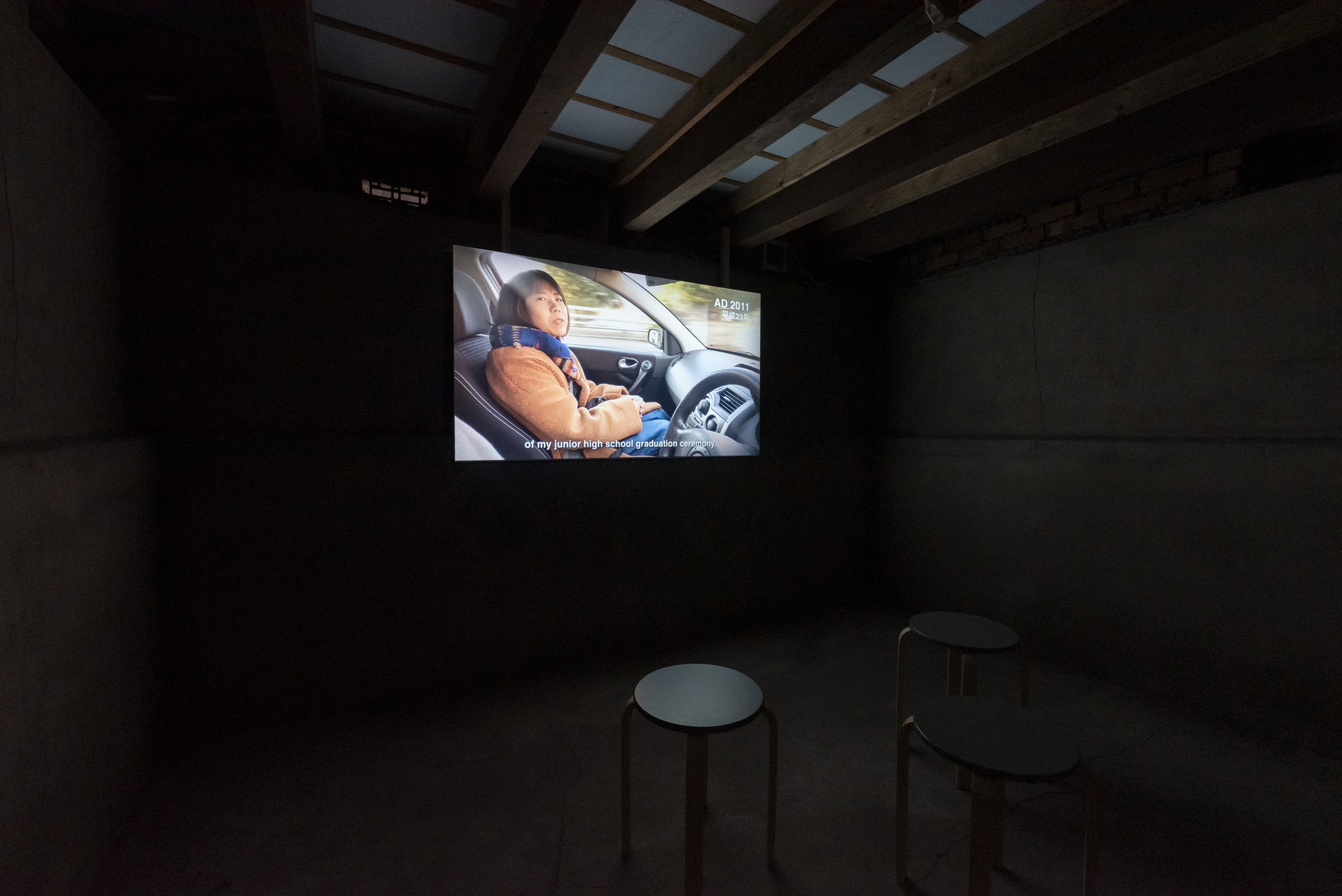
Installation view, video work by Takayuki Yamamoto, Photo: Haruka Oka
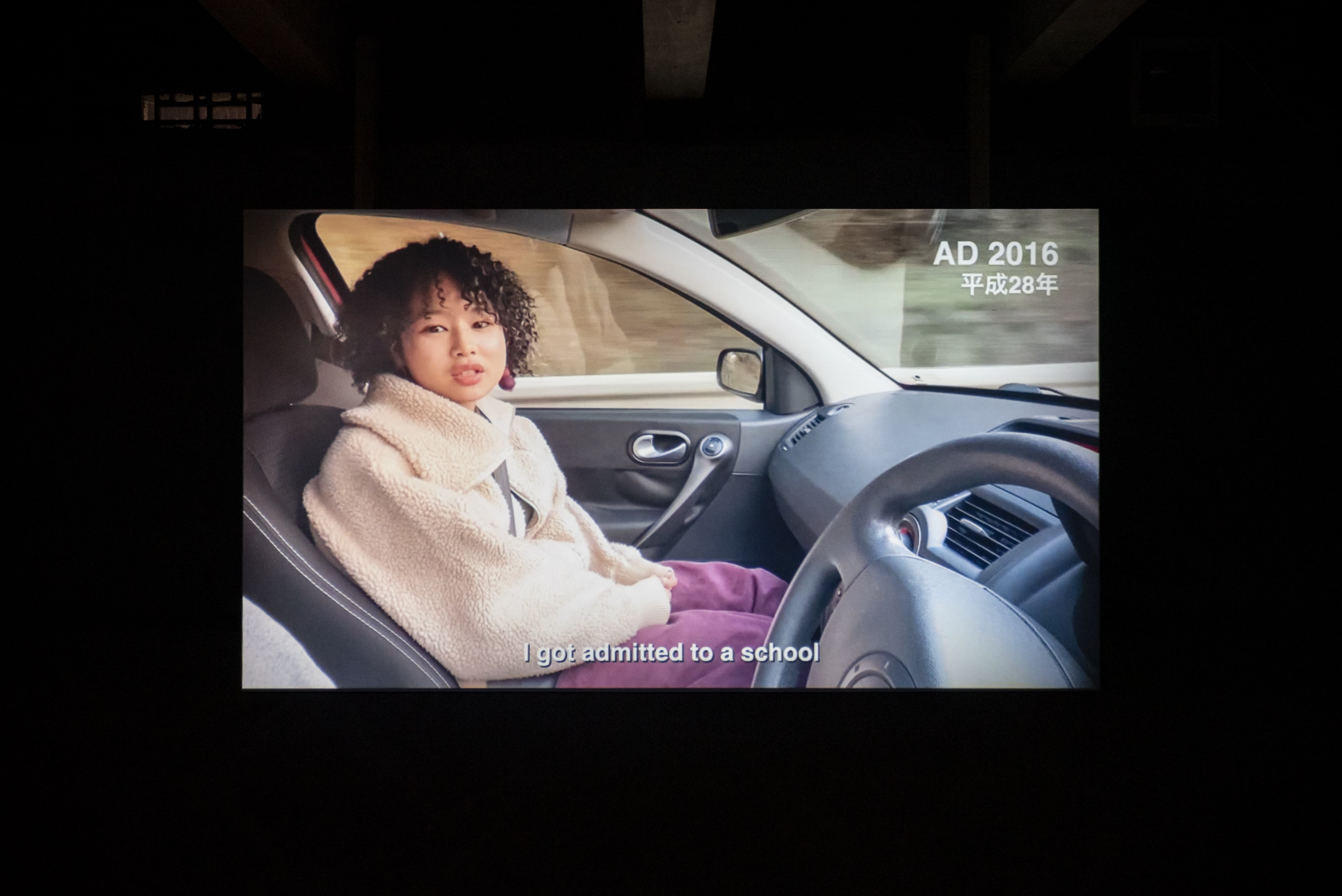
Installation view, video work by Takayuki Yamamoto, Photo: Haruka Oka
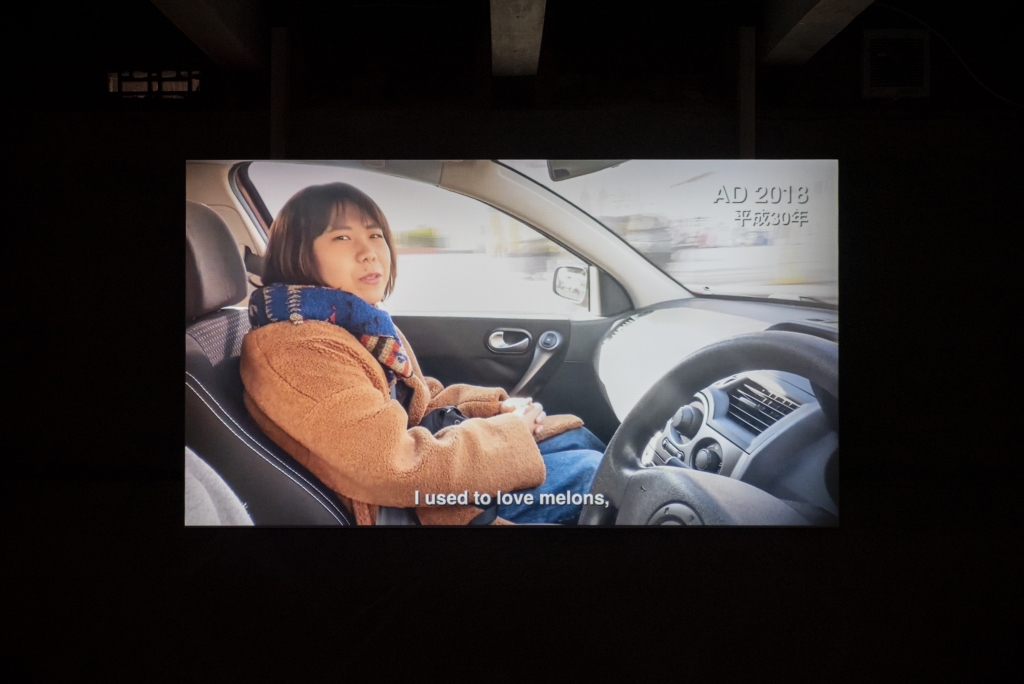
Installation view, video work by Takayuki Yamamoto, Photo: Haruka Oka
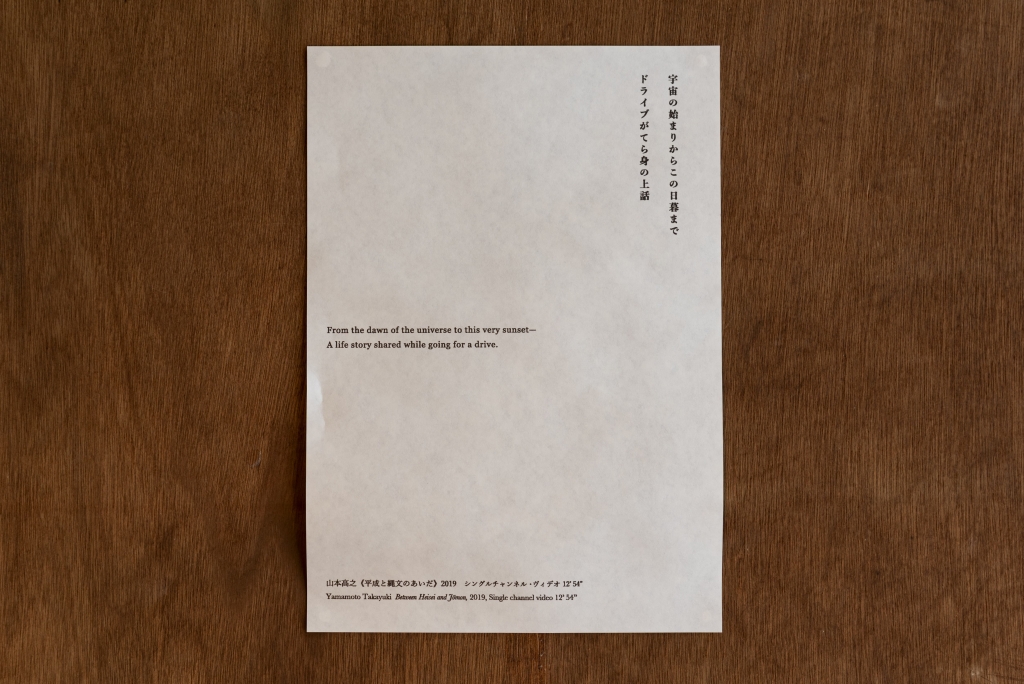
Exhibition
To Mend, Again
The “All Minorities Project” is a research and development program aimed at creating a fairer society in which minorities—including individuals who are neurodivergent—are not pushed into social isolation or loneliness. In conjunction with the project’s 2025 symposium, Practicing Restoration: Mending the Gap Between Those Directly Affected and Those Who Are Not, we will be holding an exhibition at The Terminal KYOTO, a 92-year-old traditional Kyoto townhouse. Focusing on communication and the rebuilding of relationships with others, the exhibition presents contemporary artworks that emphasize the importance of mending what is broken, rather than emphasizing the act of keeping things unbroken. Through these works, the exhibition seeks to offer perspectives that help us collectively navigate and overcome the challenges of understanding others.
All Minorities Project website: https://all-minorities.com/
Representative: Fumiyo Oshima, Certified Clinical Psychologist, Certified Public Psychologist, Professor at Chiba University, Research Center for Child Mental Development, Ph.D. (Medical Science)
[Information]
Exhibition
To Mend, Again
Saturday, May 17 – Sunday, June 1, 9:30 – 18:00
Open daily while the exhibition is on view, Free Admission
Venue:The Terminal Kyoto
424 Iwatoyama-cho, Shimogyo-ku, Kyoto-shi, Kyoto
Organized by: All Minorities Project
Curated and written by: Kodama Kanazawa
Message from the curator Kodama Kanazawa:
“We are all born with different traits, raised in diverse environments, and each of us lives a unique daily life. Everyone carries things they can and cannot do. When we assume that what comes naturally to us should be the same for others, we may unintentionally hurt someone. And the reverse is also true—when you struggle with something that most people take for granted, you’ve likely felt hurt.
The real issue lies in assumptions—believing things should be a certain way. But imagining what lies beyond those assumptions isn’t easy. We inevitably end up hurting one another.
That said, maybe we can rescue someone. Maybe we already have. Even if we didn’t quite manage to restore, perhaps we still tried.
This exhibition presents contemporary artworks focusing on the act of piecing together what is shattered. Through them, we invite you to reflect—not on how to avoid breakage, but on how we might mend what has been broken.”
[Artist Profiles]
Midori Harima
Born in 1976 in Yokohama, Midori Harima creates works based on print media and the experiences surrounding it. In addition to paper sculptures and installations made from black-and-white photocopies of images overflowing across various media, her recent work explores the multiplicity of perspectives and identity through bodily movement and transition, using the processes and systems of printmaking and its relative nature. Through this, the artist explores how both artwork and artist might exist in a non-centralized, non-absolute way.
Recent solo exhibitions include “This Is A Mirror” at The Shirley Fiterman Art Center, New York (2023) and “Crossing the Boundary From Behind” at Fujisawa City Art Space, Fujisawa (2022). Notable group exhibitions include “A Quest into the World ‘with’ PAPER” at Contemporary Art Museum Kumamoto, Kumamoto (2022), “Lyrics, Gestures and Games” at Kala Art Institute, Berkeley (2017).
Hideharu Inohara
Born in 1985 in Saitama, Hideharu Inohara is a comic artist who graduated from the Department of Painting (Oil Painting Course) at Tama Art University. Author of We’re Bad Animals, BEAM COMIX, 2020. Inohara has been releasing a manga that offers the perspectives of an individual directly affected by developmental disabilities on the “All Minorities Project” website. Notable solo exhibitions include “Manga No Kibori (Wood Carving Manga)” at MAT, Tokyo(2023).
Moemi Sasaki
Born in Hokkaido in 1991 and currently based in Kyoto, Moemi Sasaki is an Urushi (lacquer) artist who graduated with a specialization in Lacquer Arts from the Graduate School of Kyoto City University of Arts. Rooted in a deep interest in the continuity of human activity and time, moving from the past towards the future, she has recently been creating works such as kintsugi and yobitsugi — joining fragments of ceramics collected from rivers flowing through Kyoto with Urushi. Recent solo exhibitions include “Shells of the City” at ROD GALLERY, Tokyo (2024), and recent group exhibitions include “Kyoto Art for Tomorrow 2024 – Selected Up-and-coming Artists” at The Museum of Kyoto, Kyoto (2024).
Yu Uno
Yu Uno incorporates damage and aging into his works, focusing on the fragility of ceramics. Keeping in mind the ways objects have been preserved throughout cultural and art history, he proposes a new perspective on the existence of objects, how we interact with them, and how they are passed down. Notable solo exhibitions include “Re-calling Flakes” at GALLERY crossing, Minokamo (2024), and “Warete mo sueni · after 1” at LAD GALLERY, Nagoya (2022).
Takayuki Yamamoto
Through the creative sensibilities inherent in children’s conversations and play, Takayuki Yamamoto has been illuminating the often-unnoticed peculiarities of systems and customs, as well as the relationship between the individual and society. In recent years, he has also engaged in collaborative projects with local communities and has been involved in alternative art school programs aimed at the general public. Yamamoto graduated from Chelsea College of Art and Design, University of the Arts London.
Extensive participation in national and international exhibitions. Recent solo exhibitions include “Children of Men” at Art Lab Aichi, Aichi (2017) and “New Hell, What Kind of Hell Will We Go to?” at Kadokawa Culture Museum, Saitama (2025). The artist also served as a Learning Curator for “Aichi Triennale 2022,” Aichi (2022).
[Curator Profile]
Kodama Kanazawa
Contemporary art curator Kanazawa engages with fields that transcend conventional boundaries of art, such as media art, manga, community-based art, and art and disability. Through curatorial projects in Japan and abroad, she seeks to capture perceptions of people evolving with epochs and society. Kanazawa is the Co-director of Code-a-Machine, and Specially Appointed Associate Professor at Kyoto University of the Arts.
[Team]
Planning Support: Shinichiro Masui
Title Translation (EN): Tomoko Fukuhara
Translation: Taiyo Wada
Main Visual: Toshiyuki Nakaie
Handout & Caption Design: Arisu Ozawa
Exhibition Installation: Satoshi Sakuraoka, Takuya Kumagai, Yuto Yonemura, Miki Murakami and LamLam O